Hello byway travelers!
I am writing today from the National Lincoln Highway Association’s Annual Conference in Elkhart, Indiana! Since I am here all week I thought that I would share with you the feature that I submitted for the Iowa Byways monthly newsletter. If you would like to learn more about Iowa’s other byways be sure to sign up for the newsletter at: https://iowadot.gov/iowasbyways
It seems fitting that as we get ready to celebrate America’s Independence Day that we should celebrate the Lincoln Highway Heritage Byway. The Iowa byway gained National Scenic Byway status in 2021 for the historical significance to our country as the first planned transcontinental highway across the United States.
On July 1, 1913 Carl Fisher’s coast-to-coast rock highway was officially named the Lincoln Highway after the 16th President of the United States, Abraham Lincoln. The Lincoln Highway Association was officially incorporated and tasked with promoting the Lincoln Highway to local governments and the public. It was no coincidence that Lincoln, a martyr for freedom, was chosen by Henry Joy (the association’s first president) to represent the roadway. Lincoln was a martyr of freedom and the idea of having an improved road across the country that anyone could use to move about freely was the goal. The road soon became known as the “Main Street Across America” and an avenue to a new life for many.
The Lincoln Highway has another significant date in July and that is July 7, 1919 when the first of its kind Transcontinental Motor Convoy left Washington DC to meet up with the Lincoln Highway in Gettysburg and traverse the route. There were 81 military vehicles, 37 officers, and 258 enlisted men who began the trip. Not all of them made it the distance. The Convoy traveled through a muddy Iowa from July 22- July 28th. Read more on the Transcontinental Motor Convoy
Many of the 43 communities across Iowa’s Lincoln Highway choose the fourth of July as their community’s annual town celebration. Belle Plaine has held a July 4th celebration for many years and good ol’ George Preston would even pull his two-headed pig in the parade. Mount Vernon’s Lincoln Highway Nitty Gritty has about the best name out there and highlights history through antique displays and shopping in the streets and local businesses. The larger towns of Clinton, Council Bluffs (at the historic General Dodge House), and Ames have annual celebrations as do some of the smaller towns like Logan. But the town that wants to really own the fourth of July is Marshalltown, the location of Iowa’s Veteran’s Home which also happens to be one of the largest Veteran’s Homes in the country.
All this talk of freedom and veterans brings us to the topic of this month’s newsletter, Iowa’s Freedom Rocks. The first Iowa Freedom Rock was painted in Adair County in 1999. Artist, Ray “Bubba” Sorensen II wanted to give veterans unique recognition on Memorial Day. Eventually Bubba began a Freedom Rock Tour, where his goal was to paint a Freedom Rock in every county honoring the history and veterans who had connections to the county. Bubba has even started a 50 State Freedom Rock Tour. There is now a Freedom Rock in every one of Iowa’s 99 counties, a 100th one in Altoona, and a Liberty Rock in the Lincoln Highway community of Glidden. Read more about this special rock, Freedom Rocks along the byways and other byway events in the July newsletter!
Safe Travels!
Iowa’s Scenic Byway Coordinators
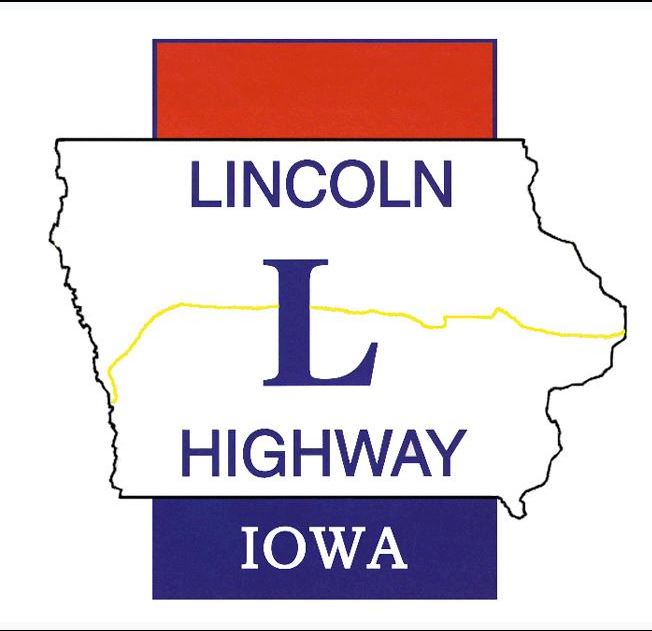



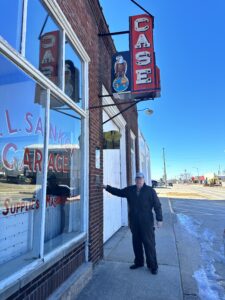
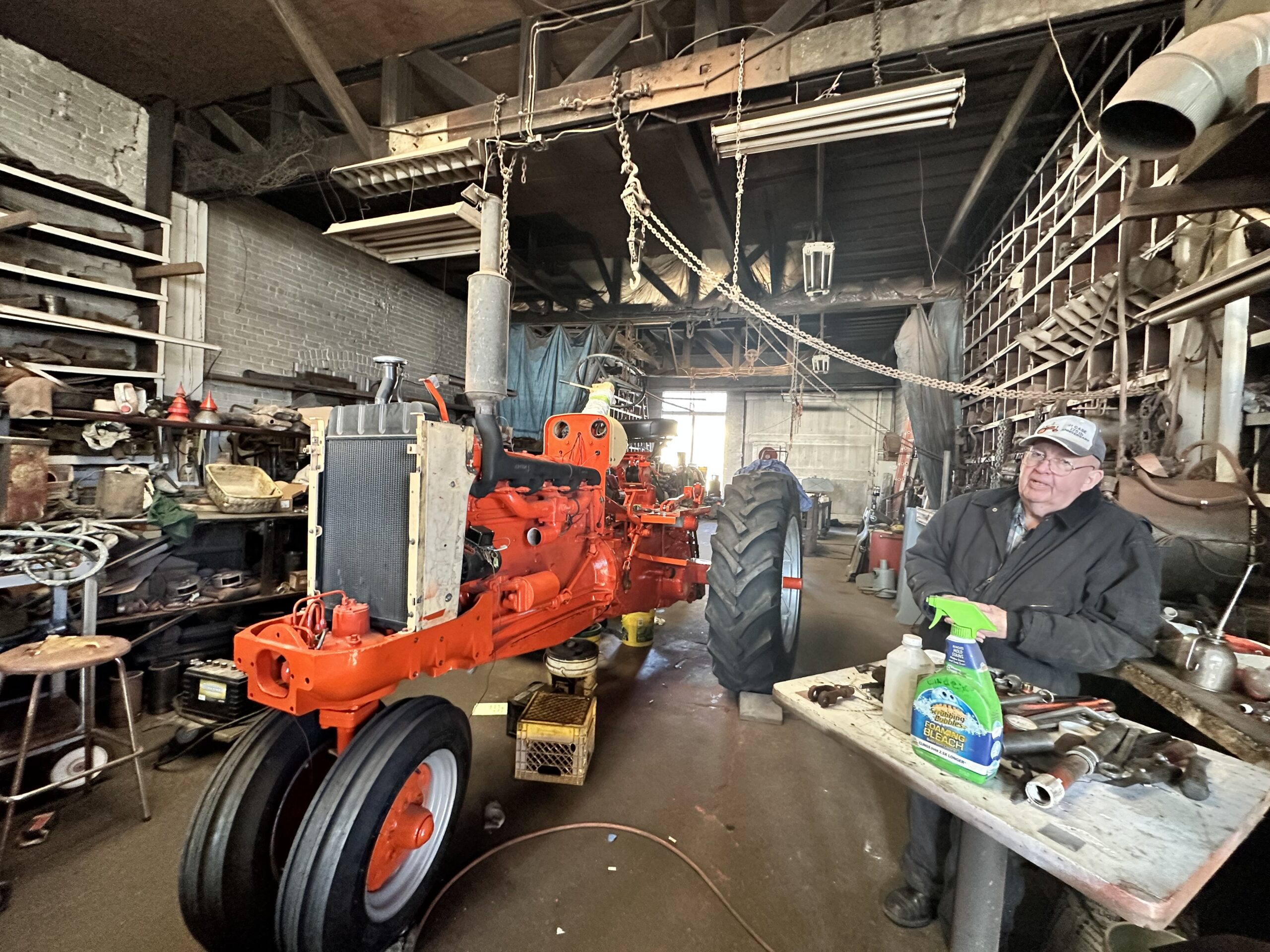
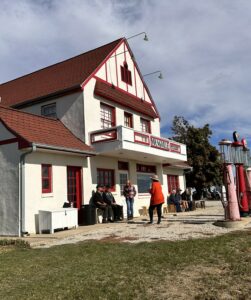

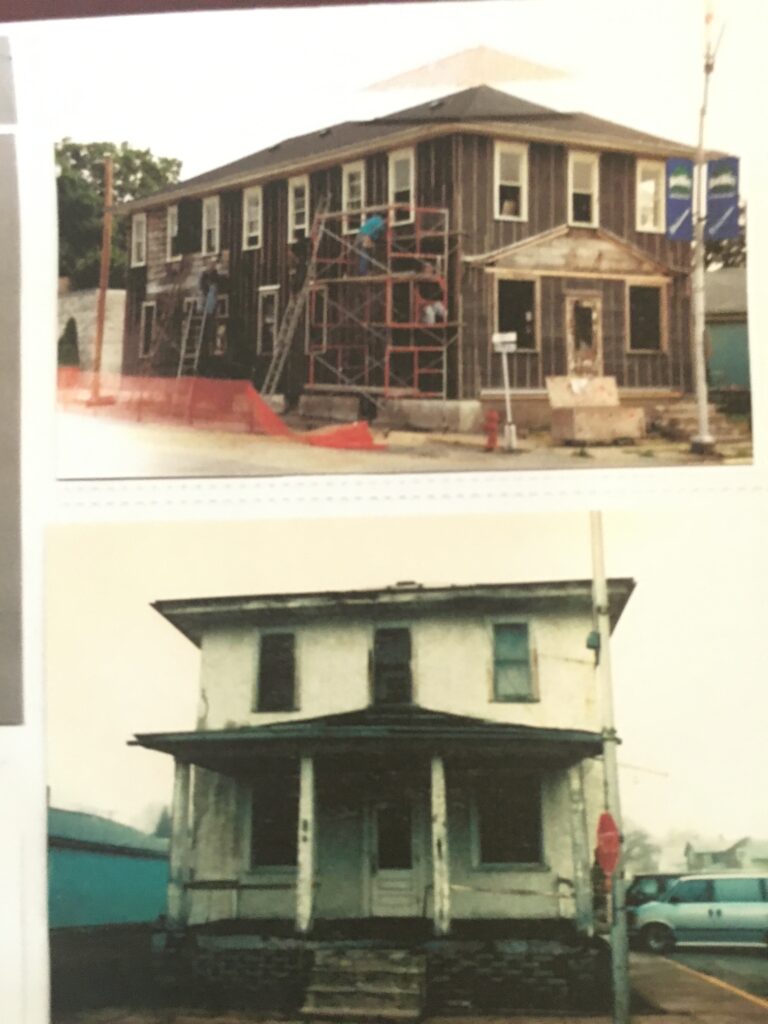
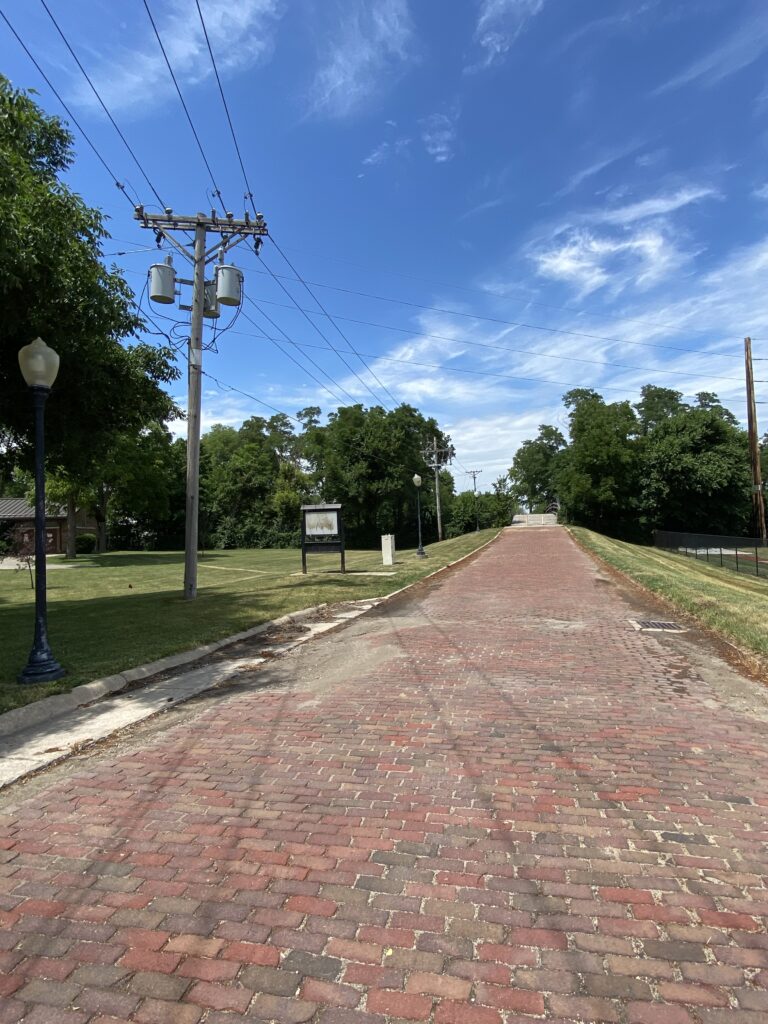
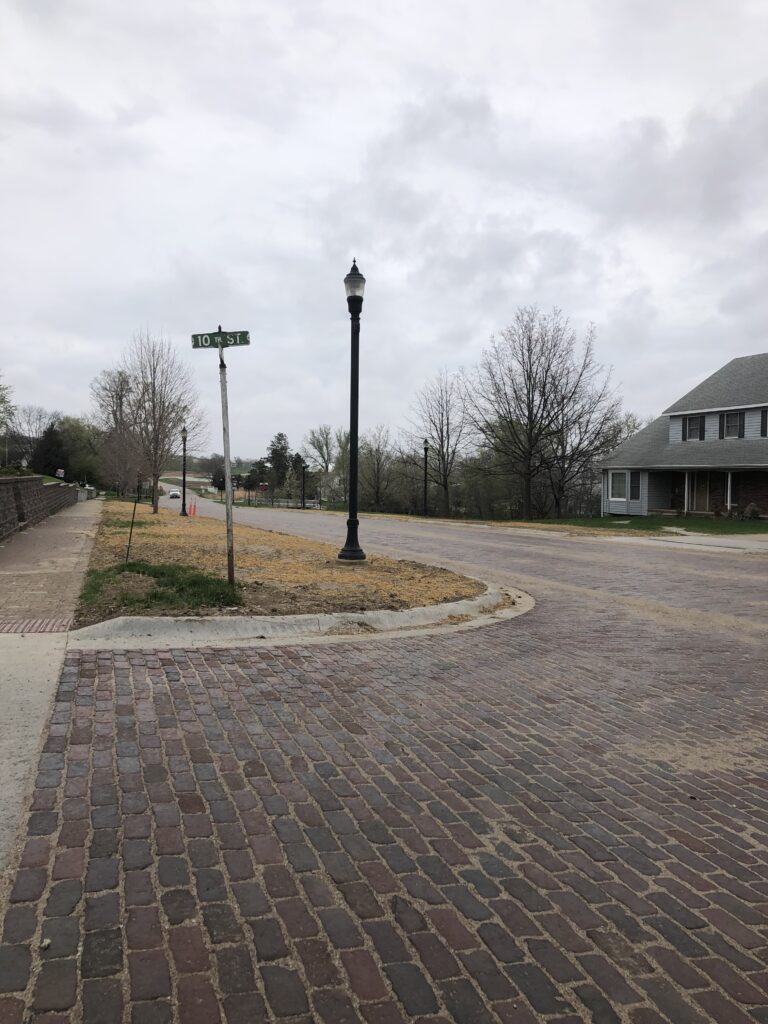

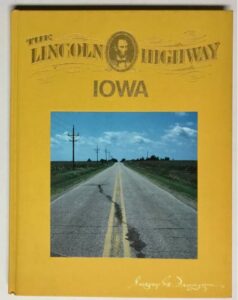
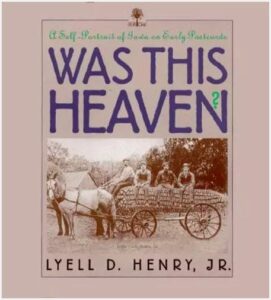
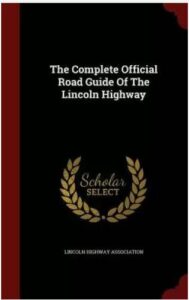


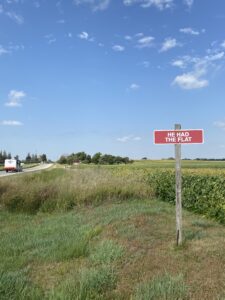
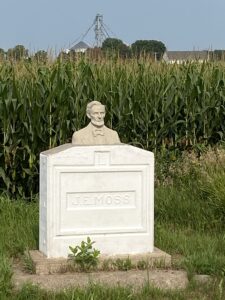
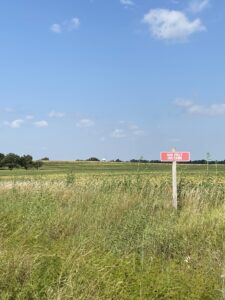
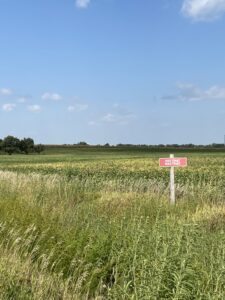
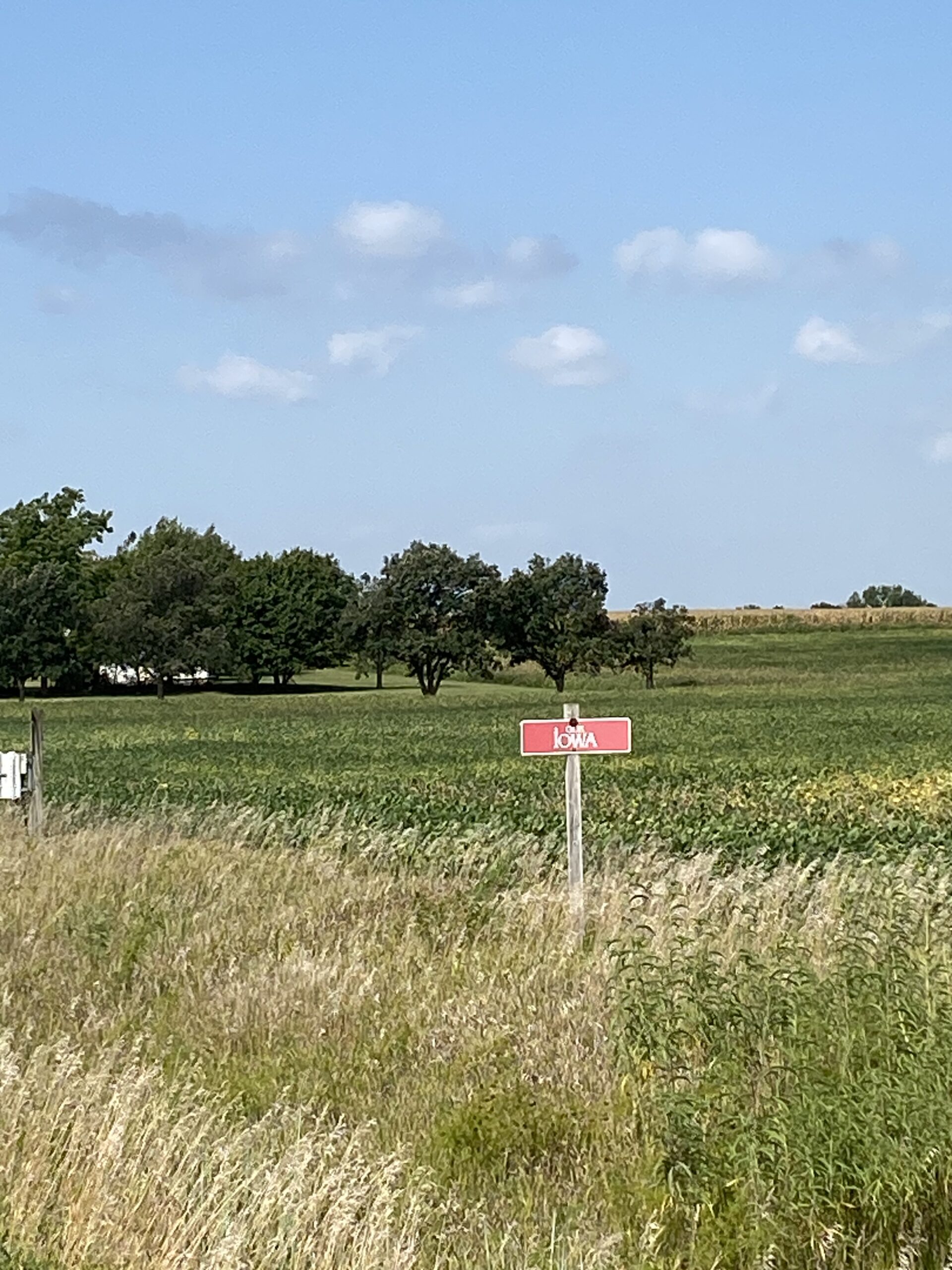
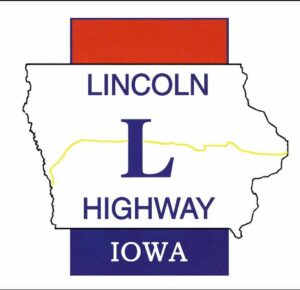
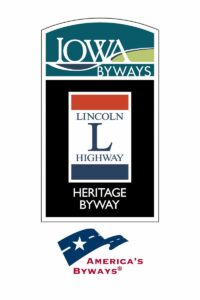
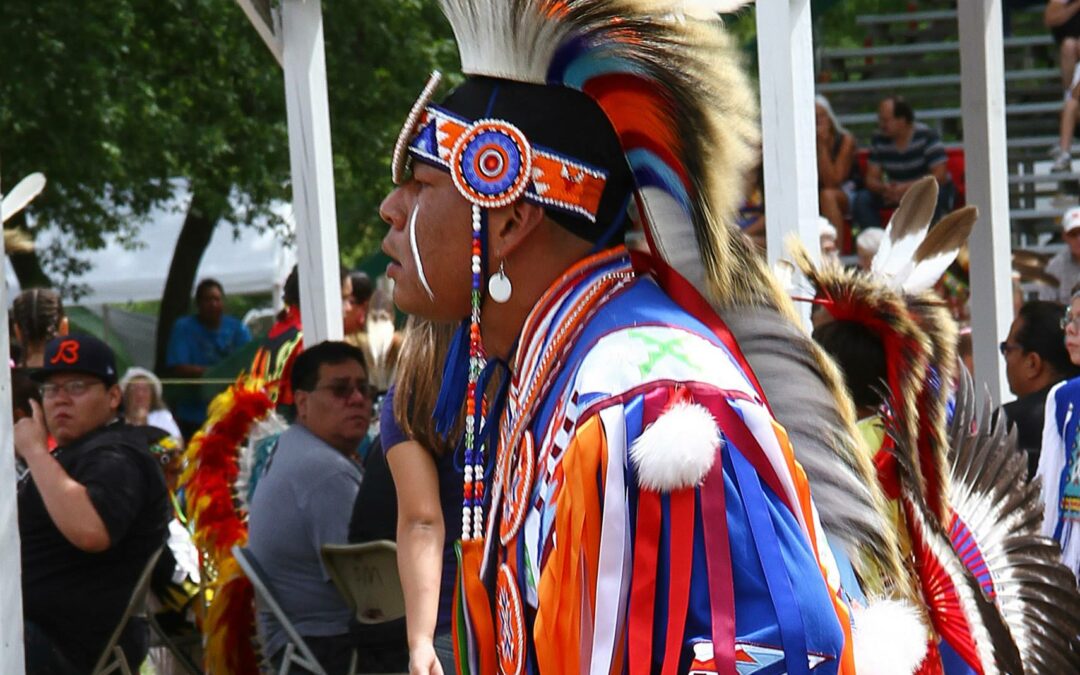
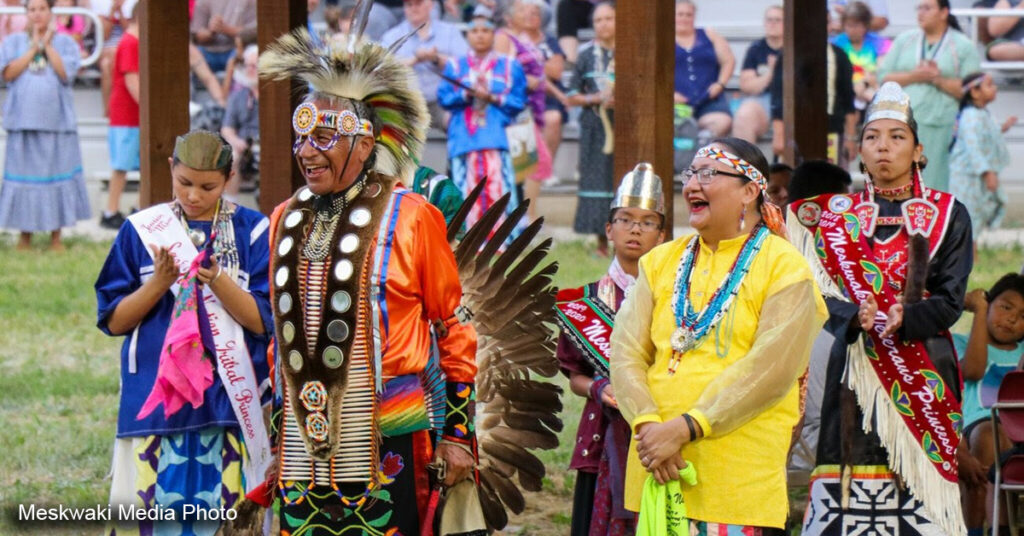
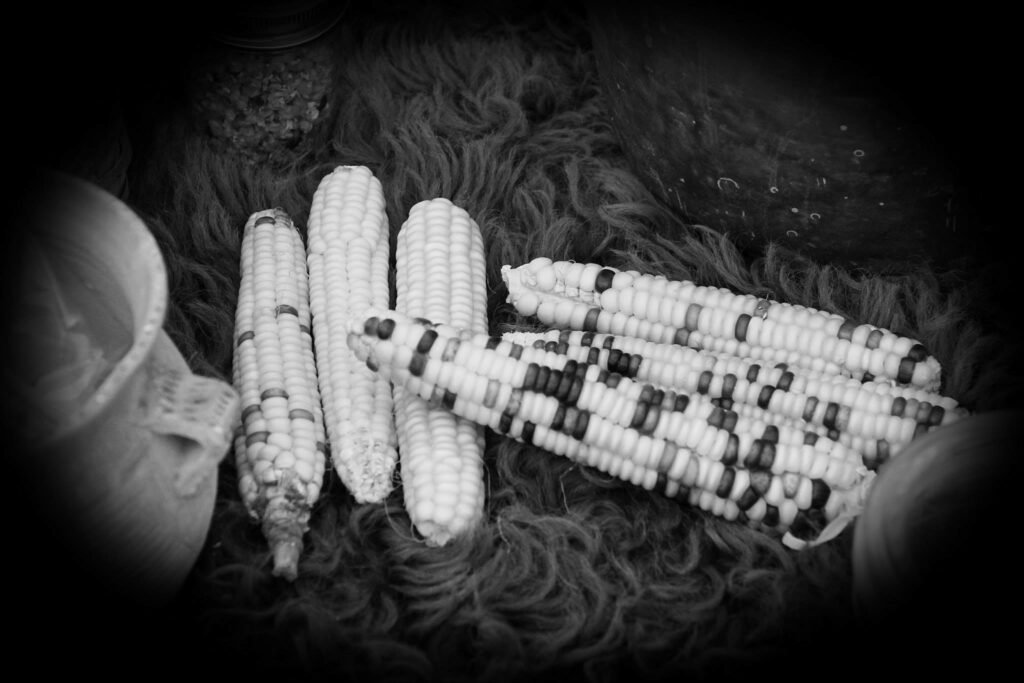
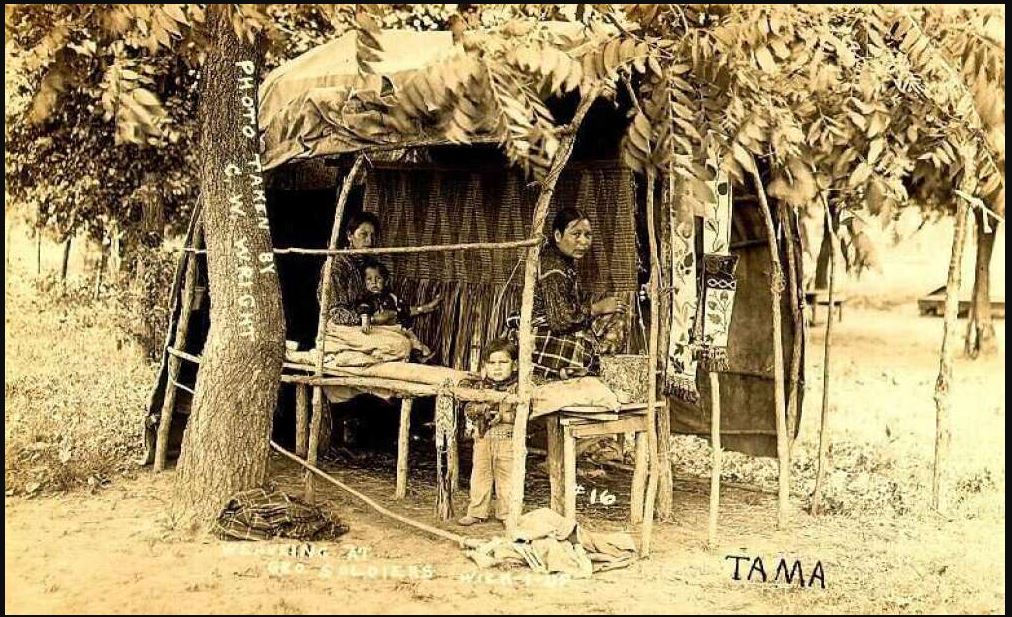
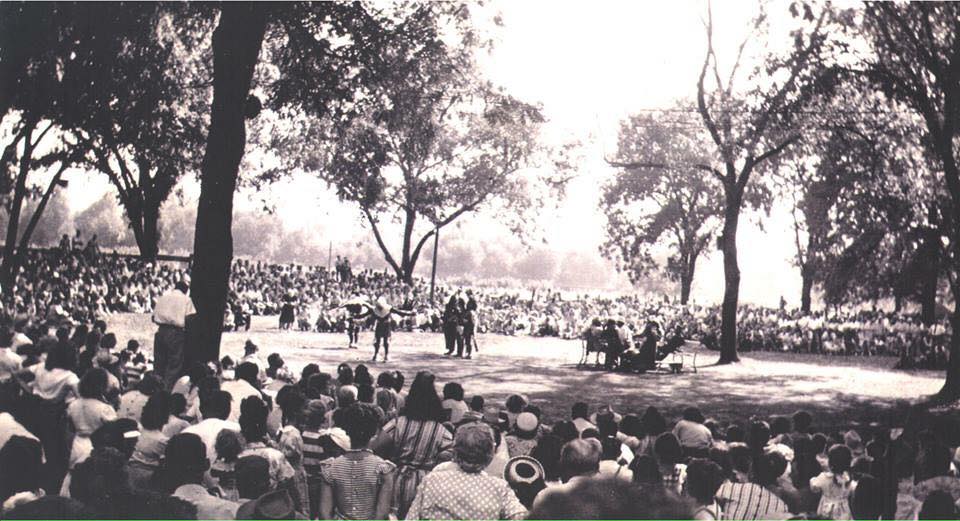
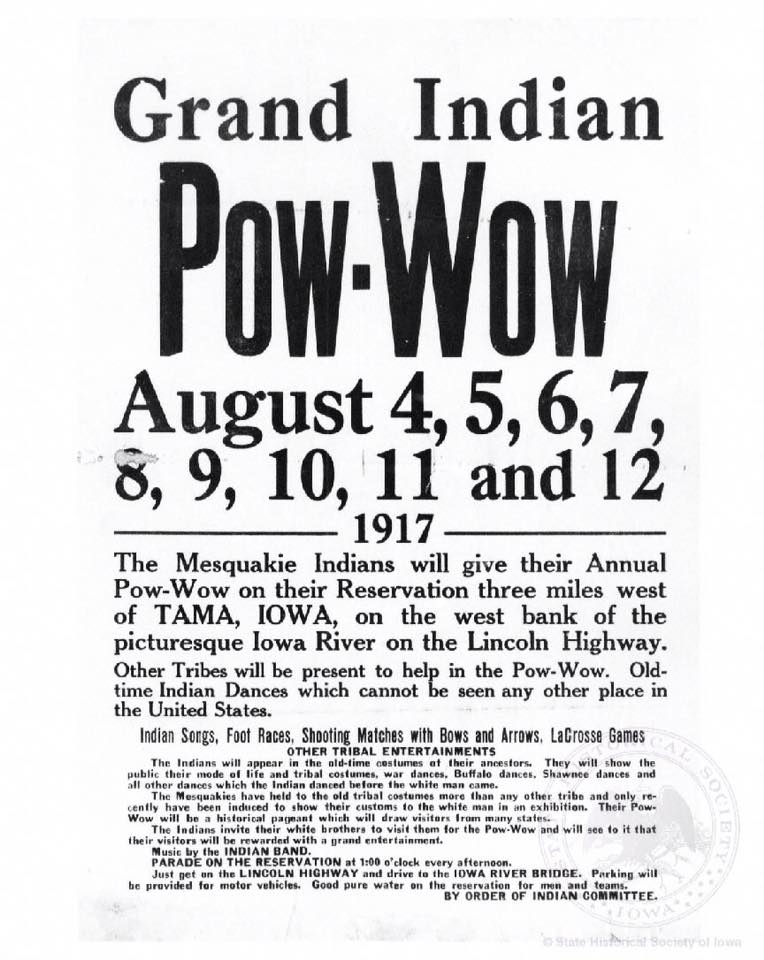
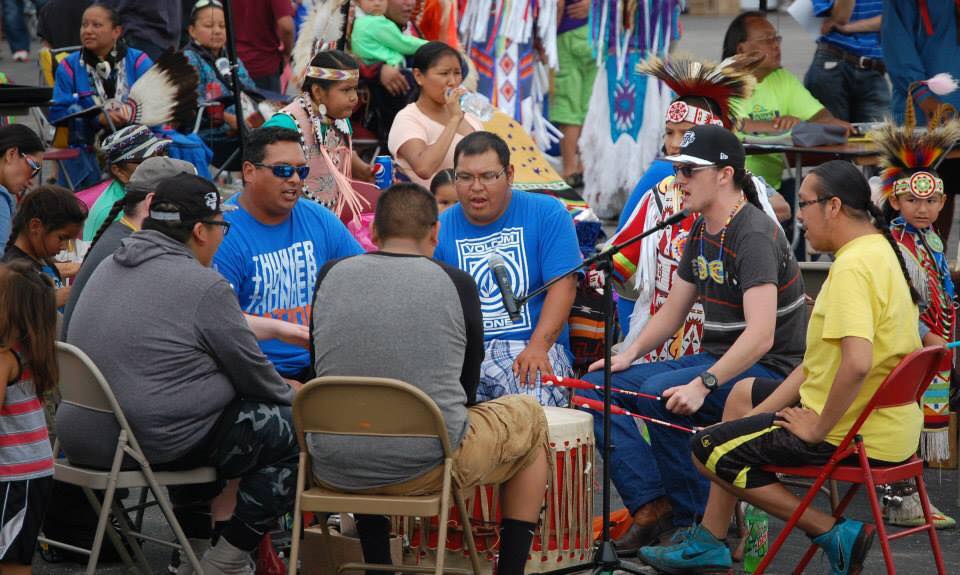

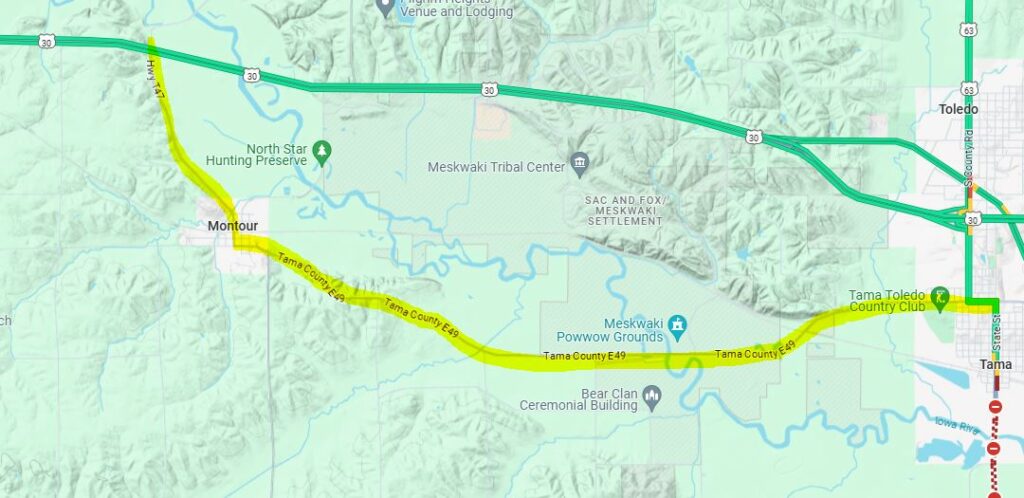
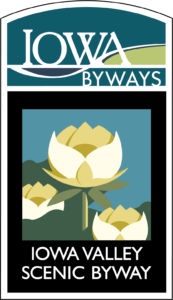
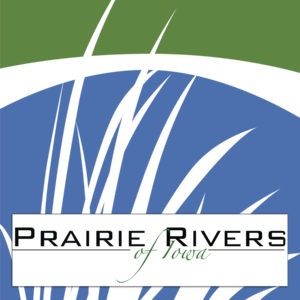
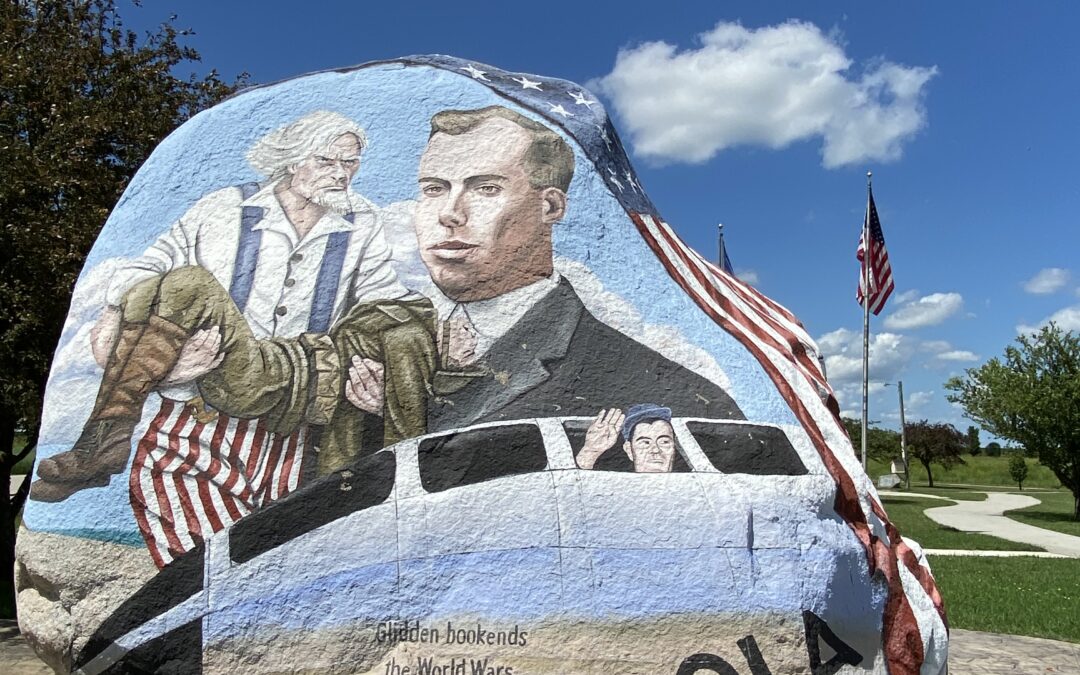
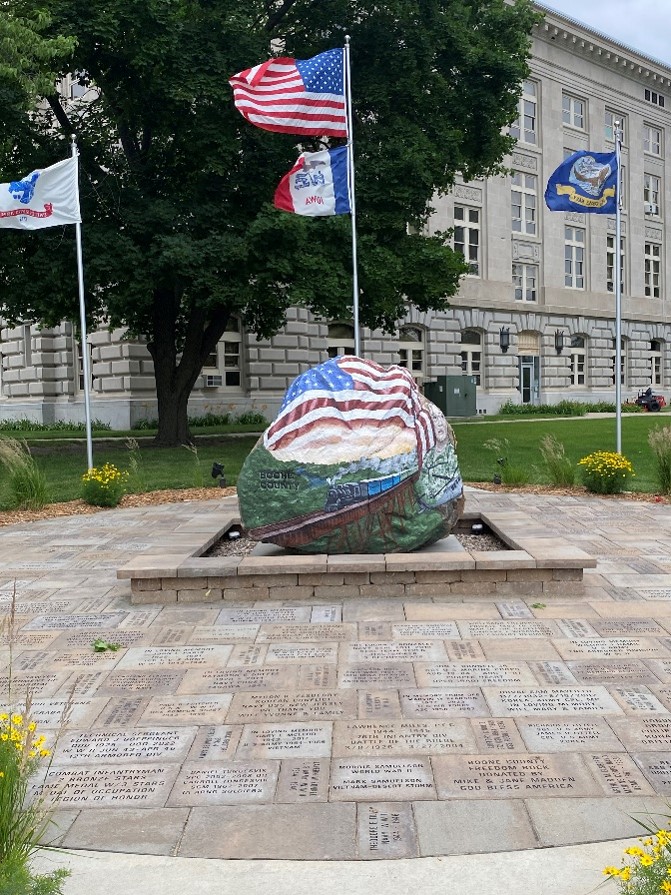

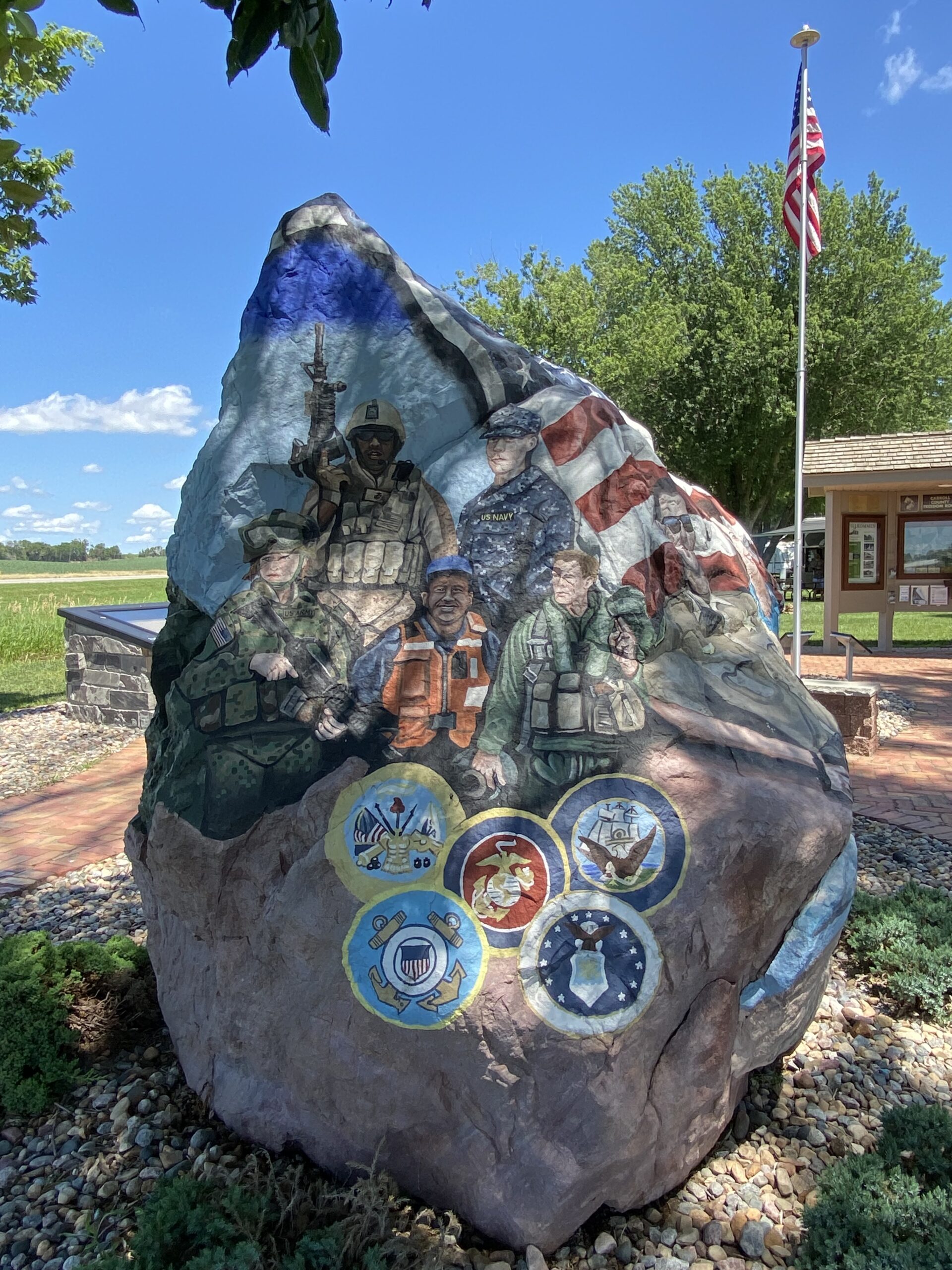

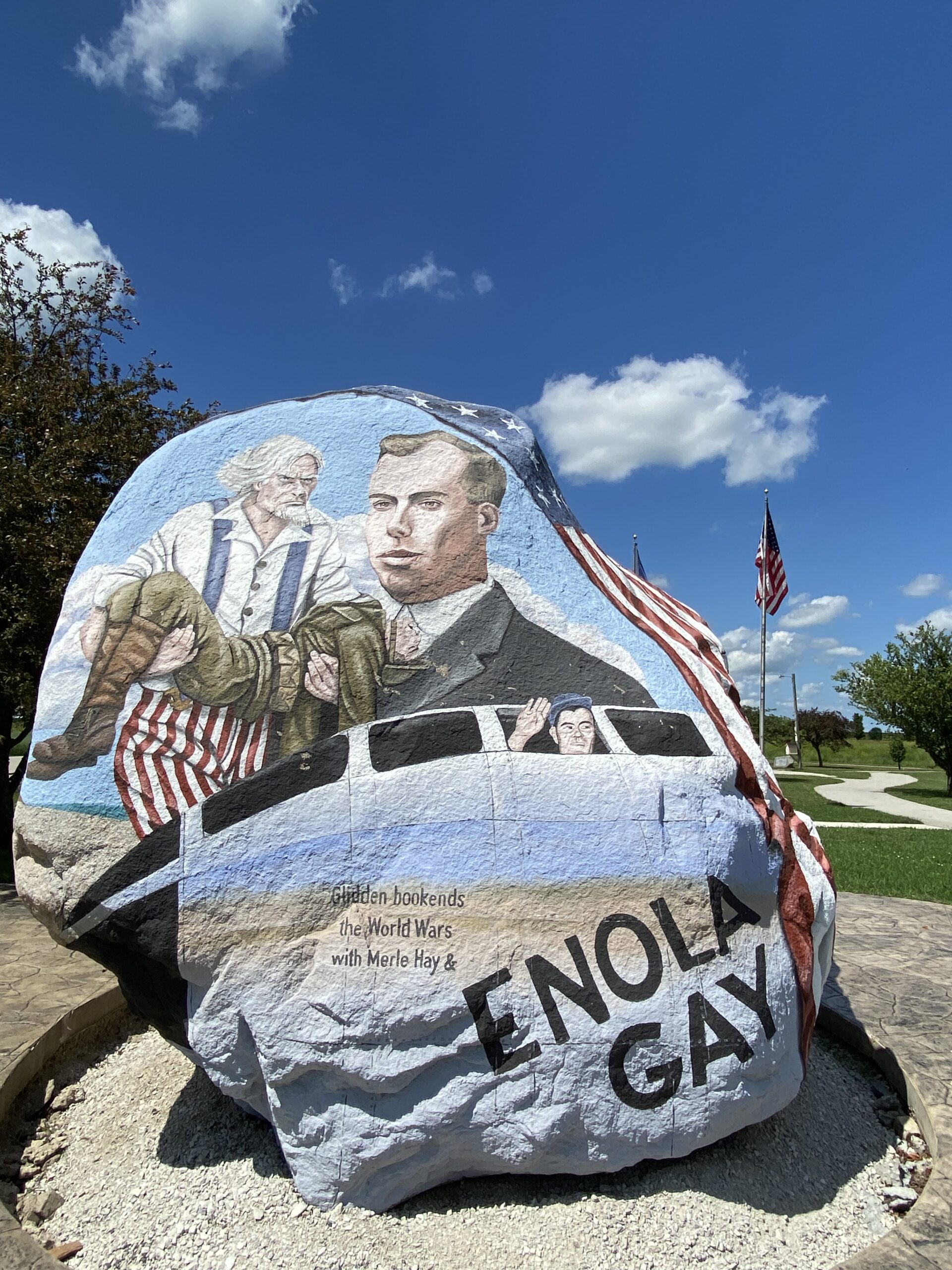
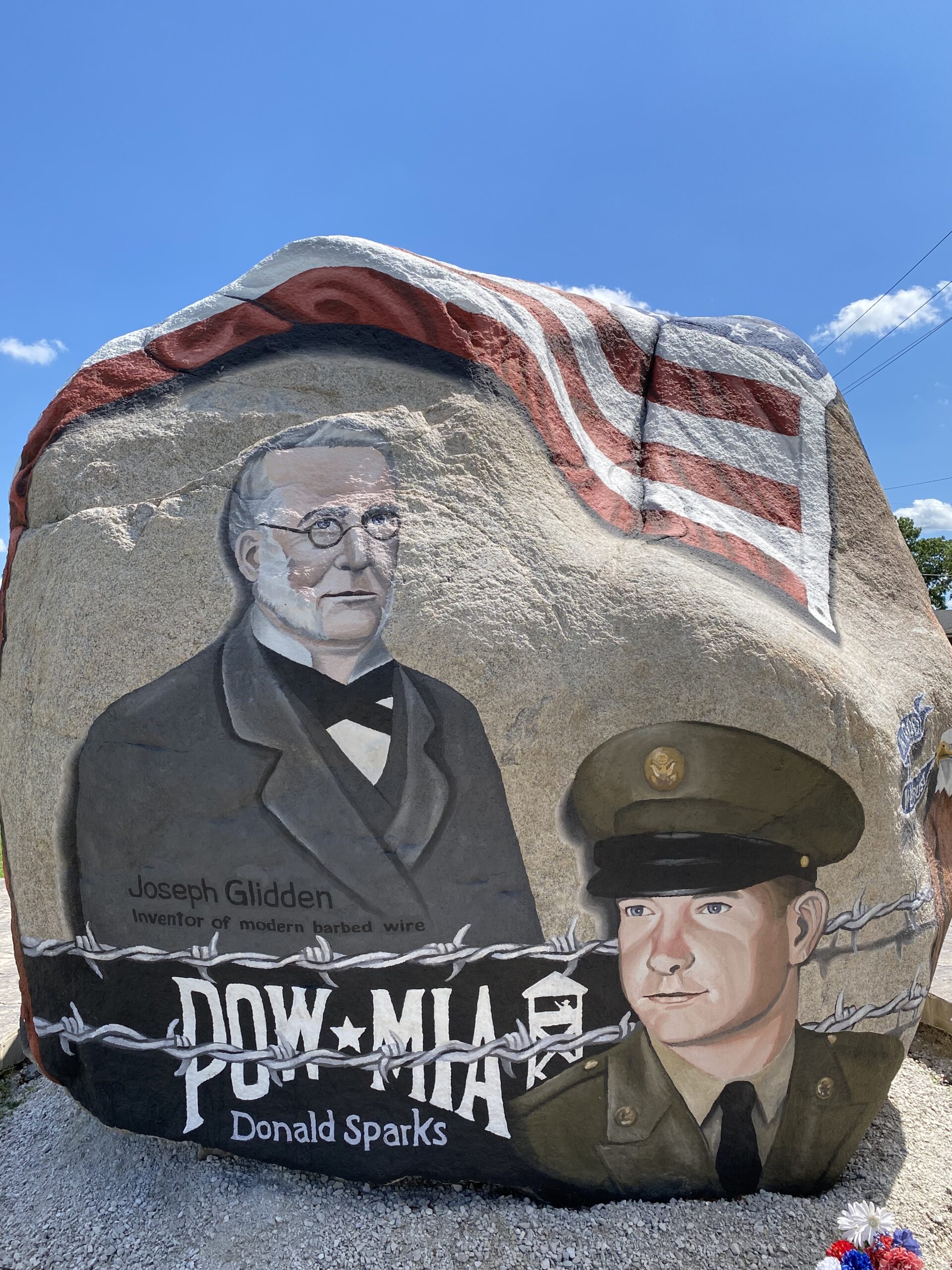
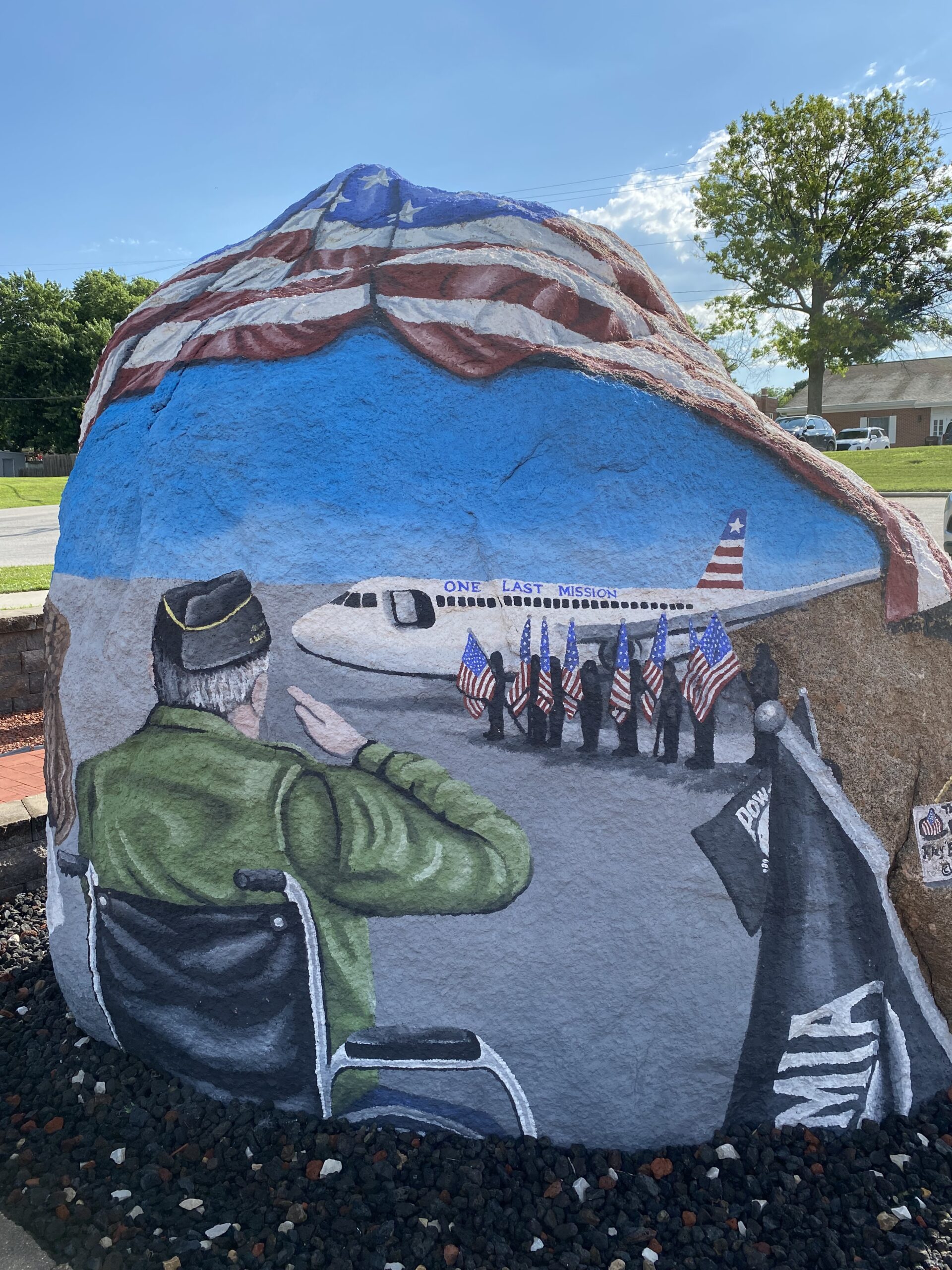
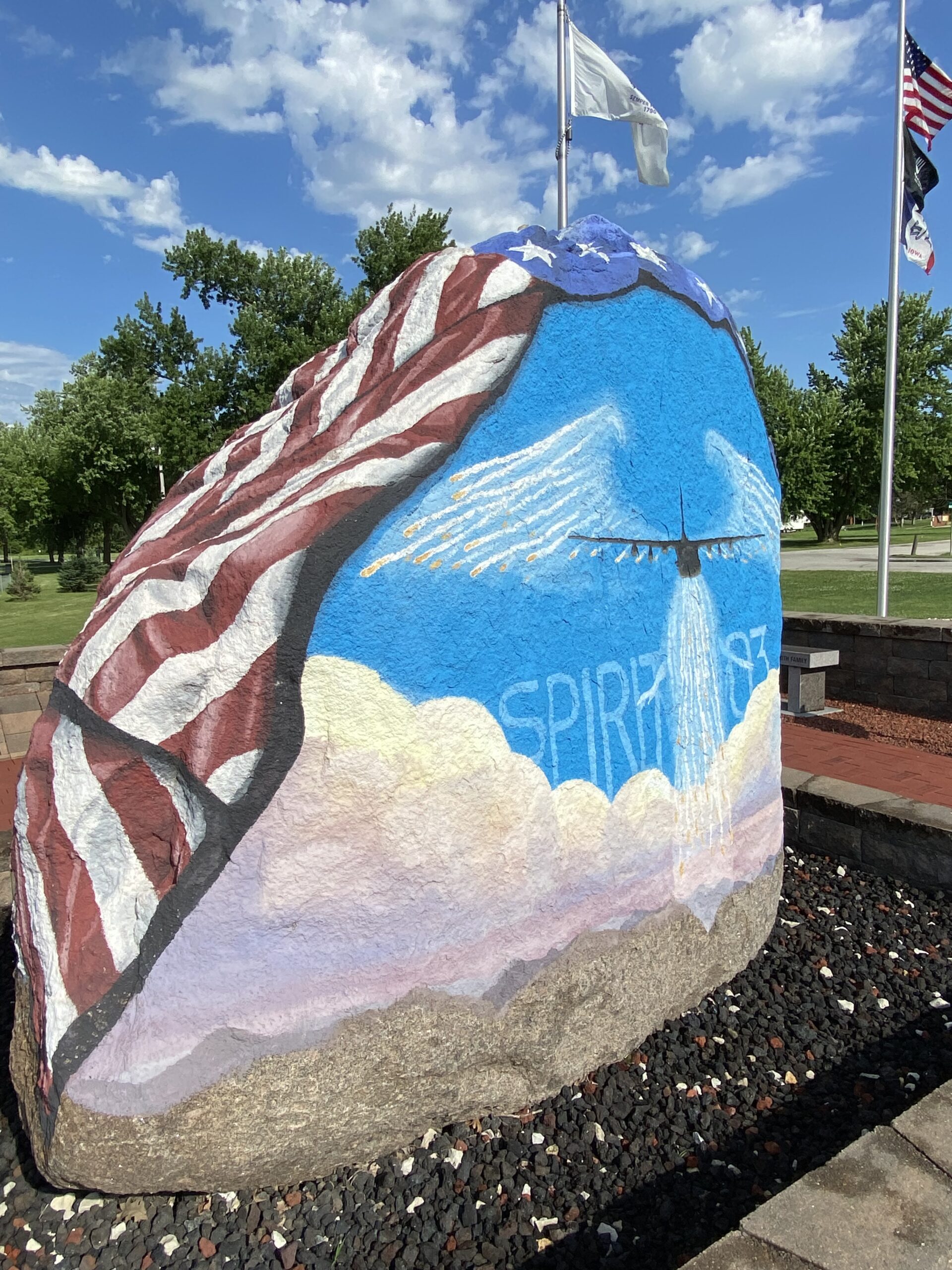
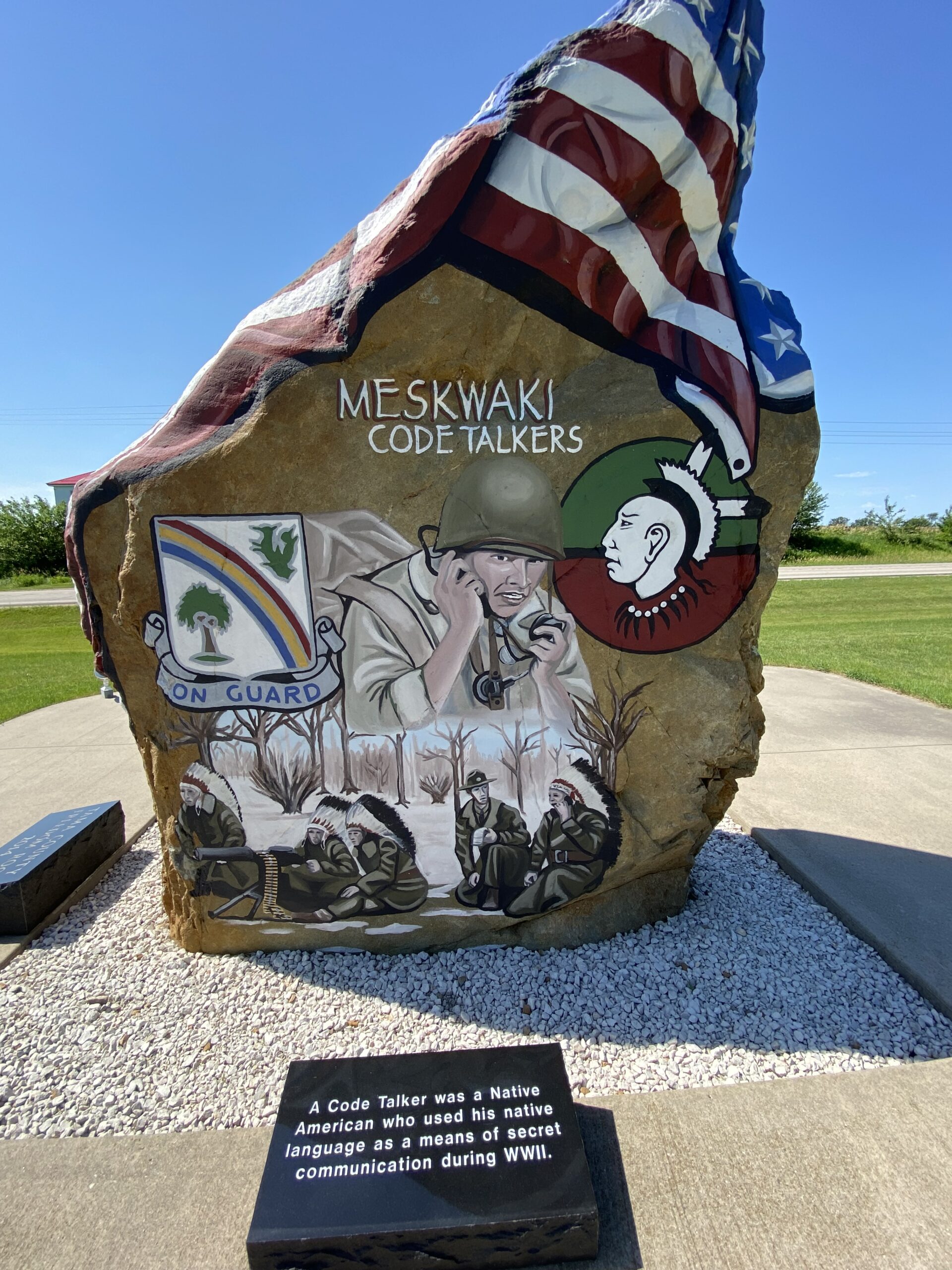
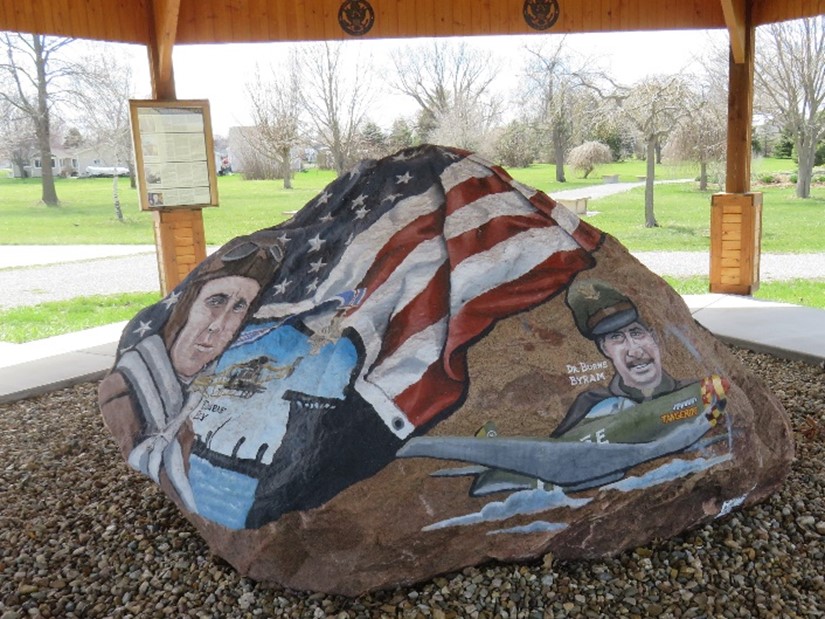
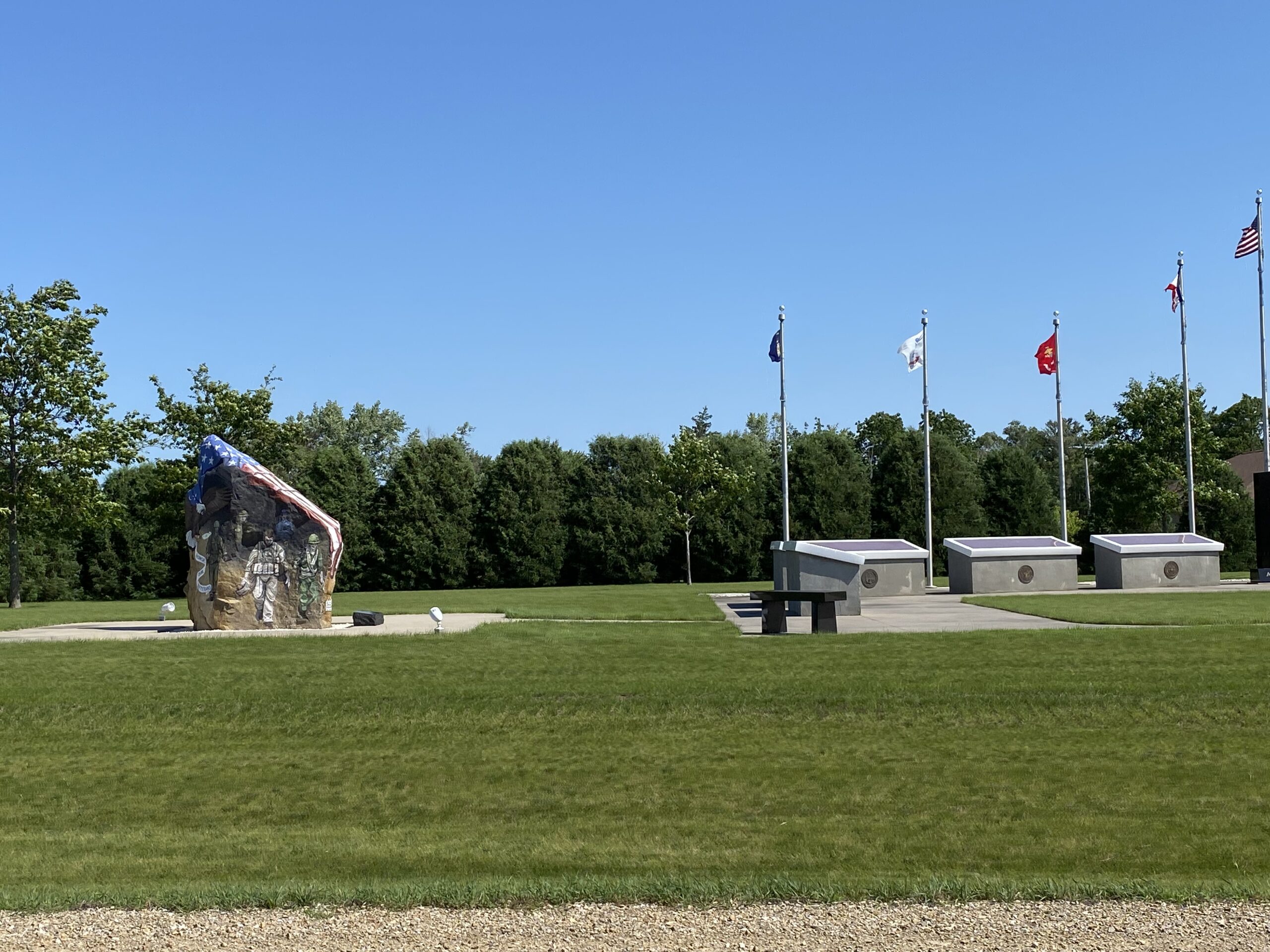
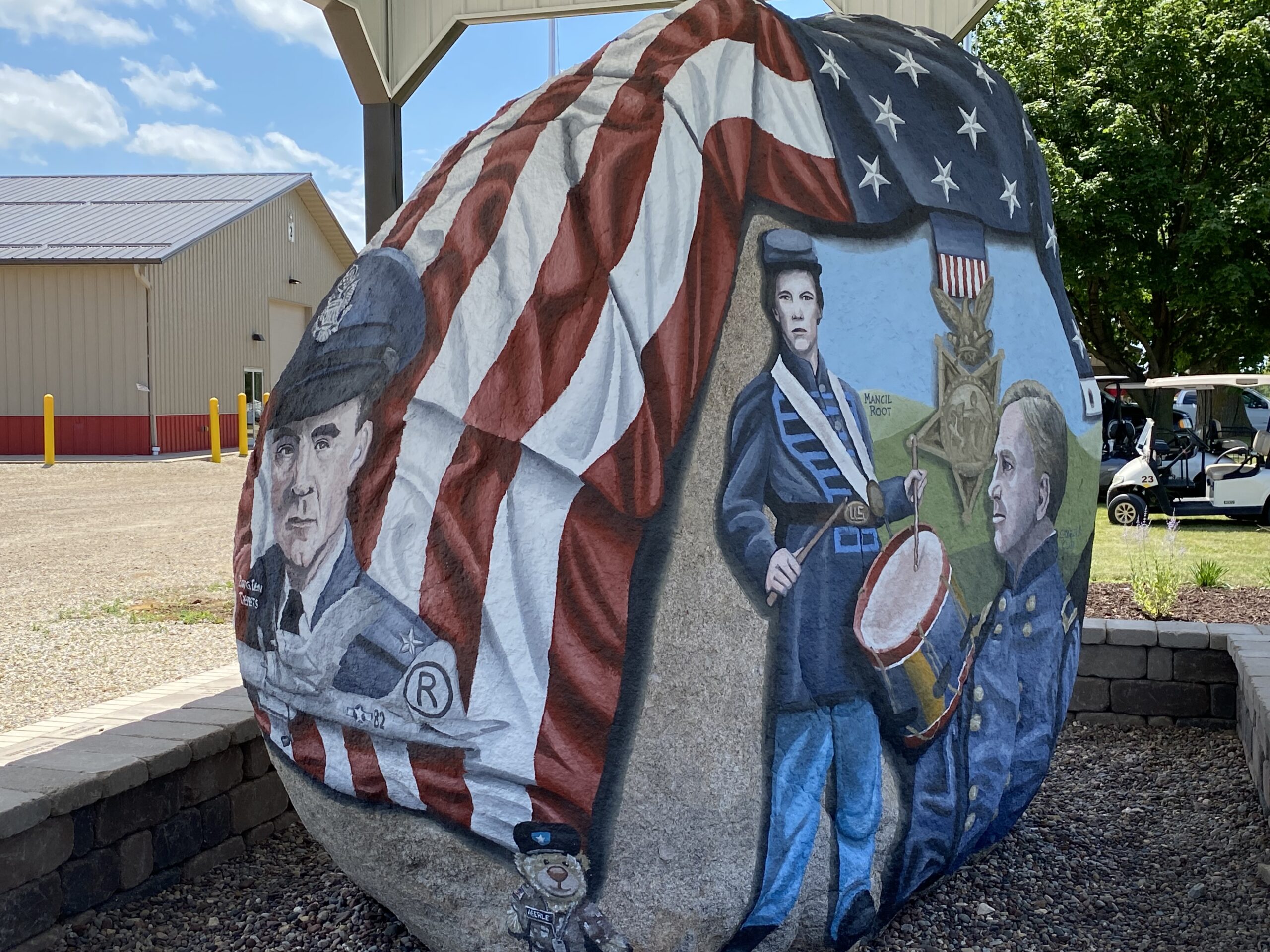
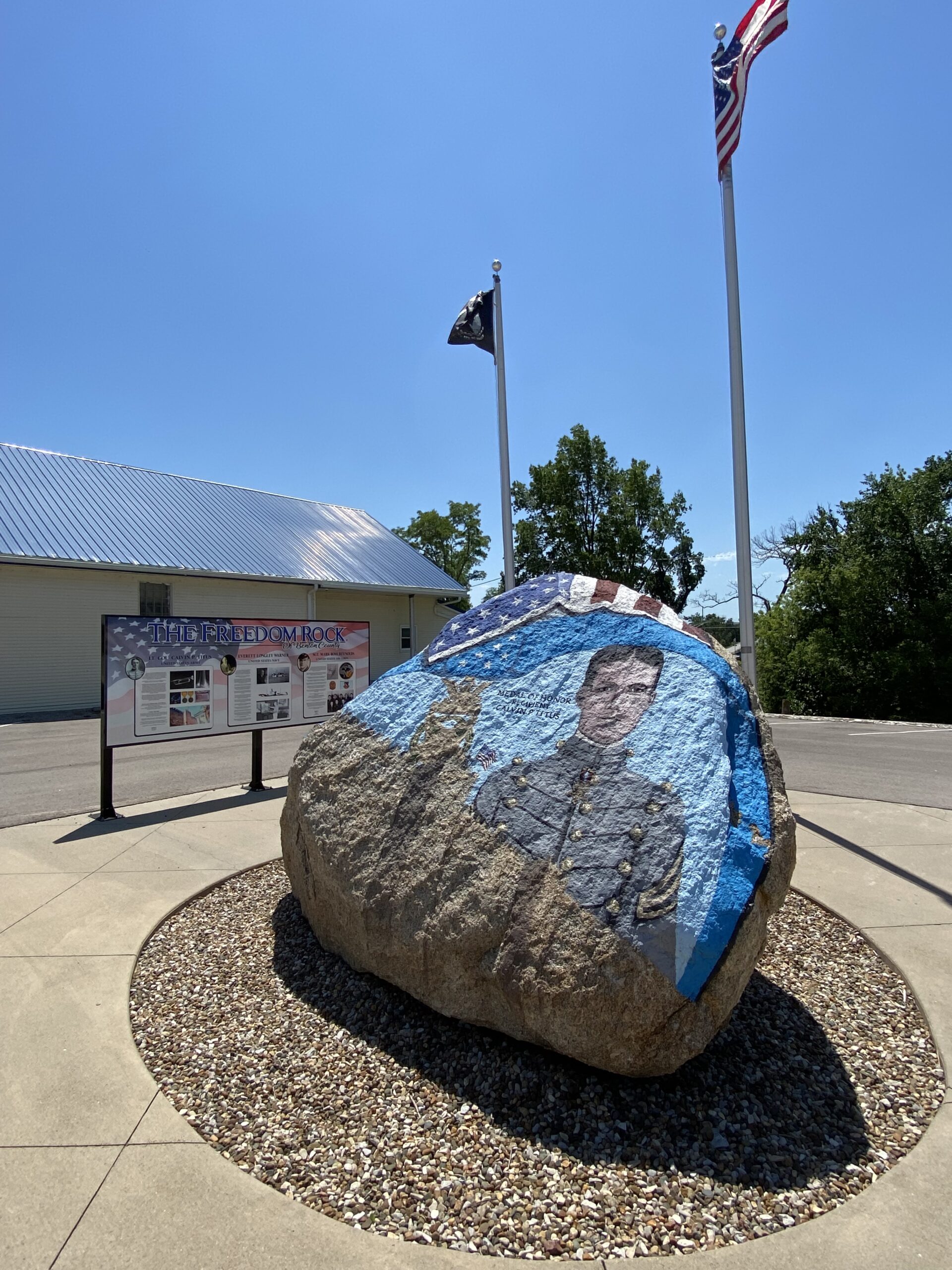
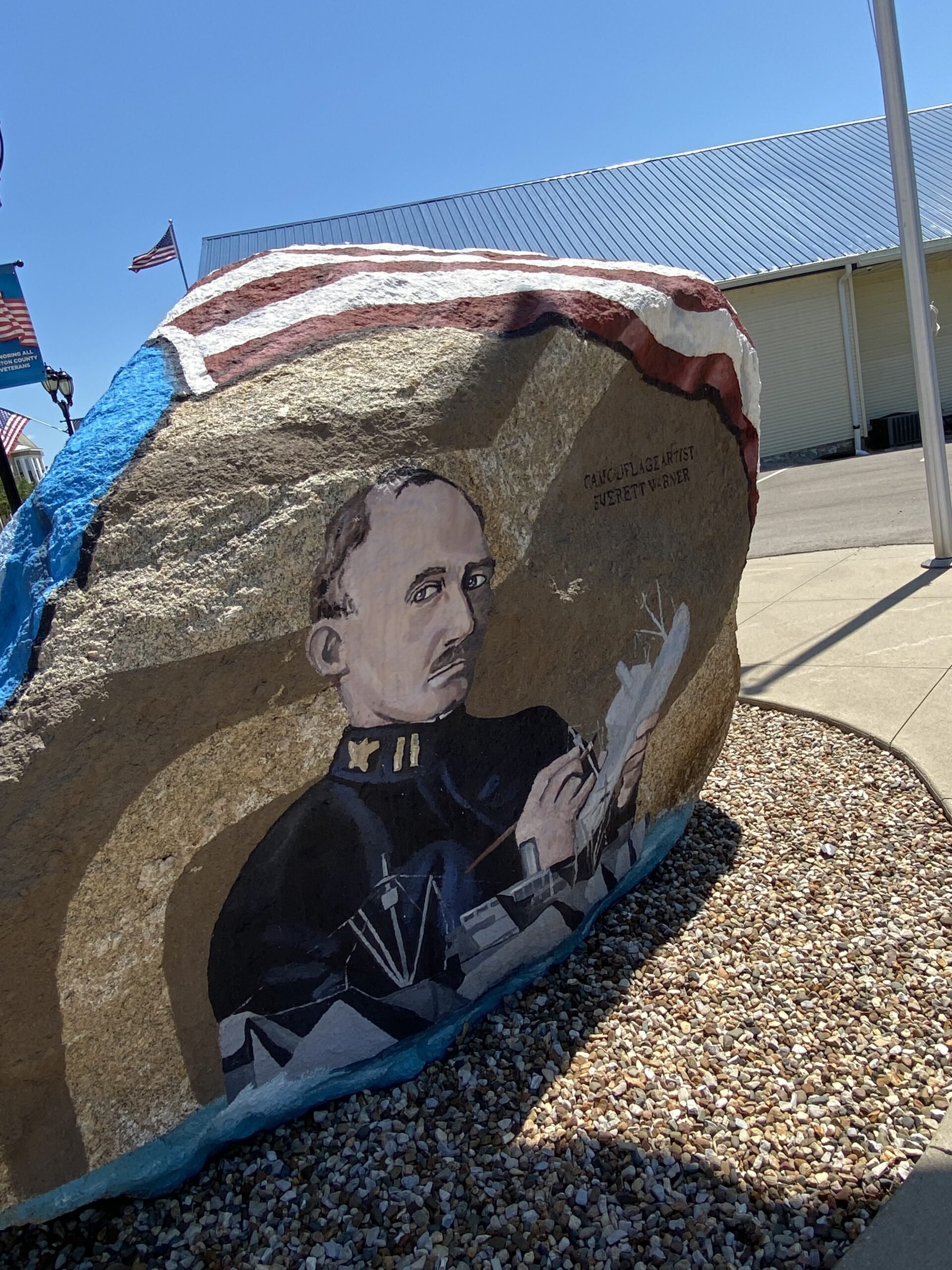
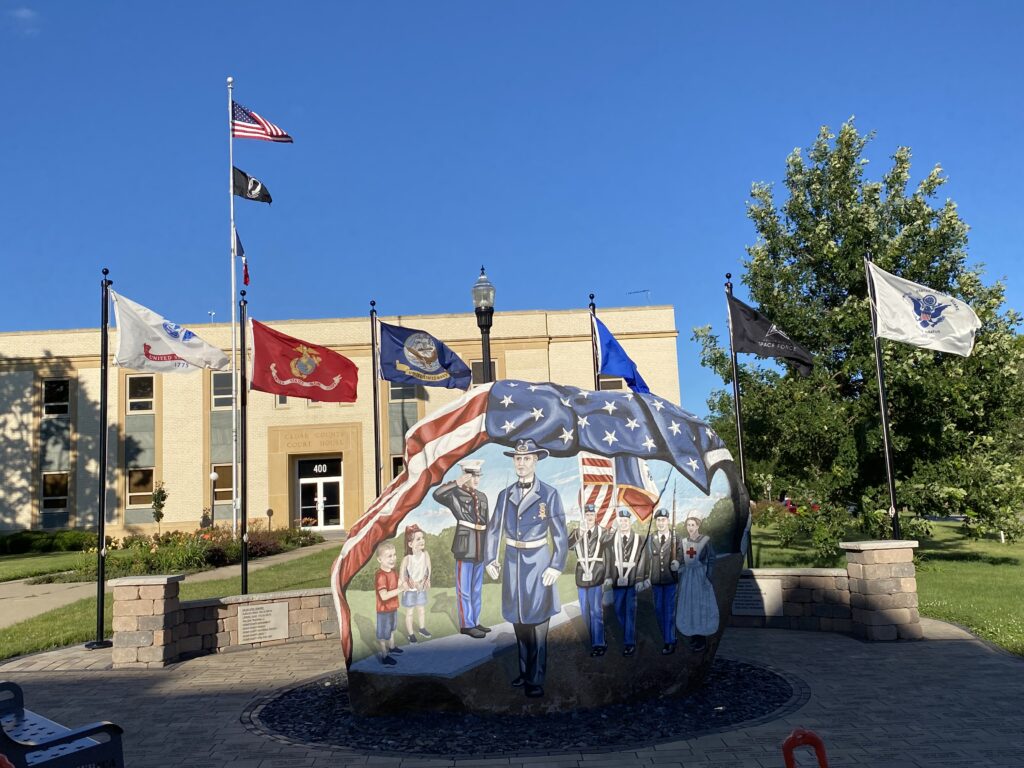
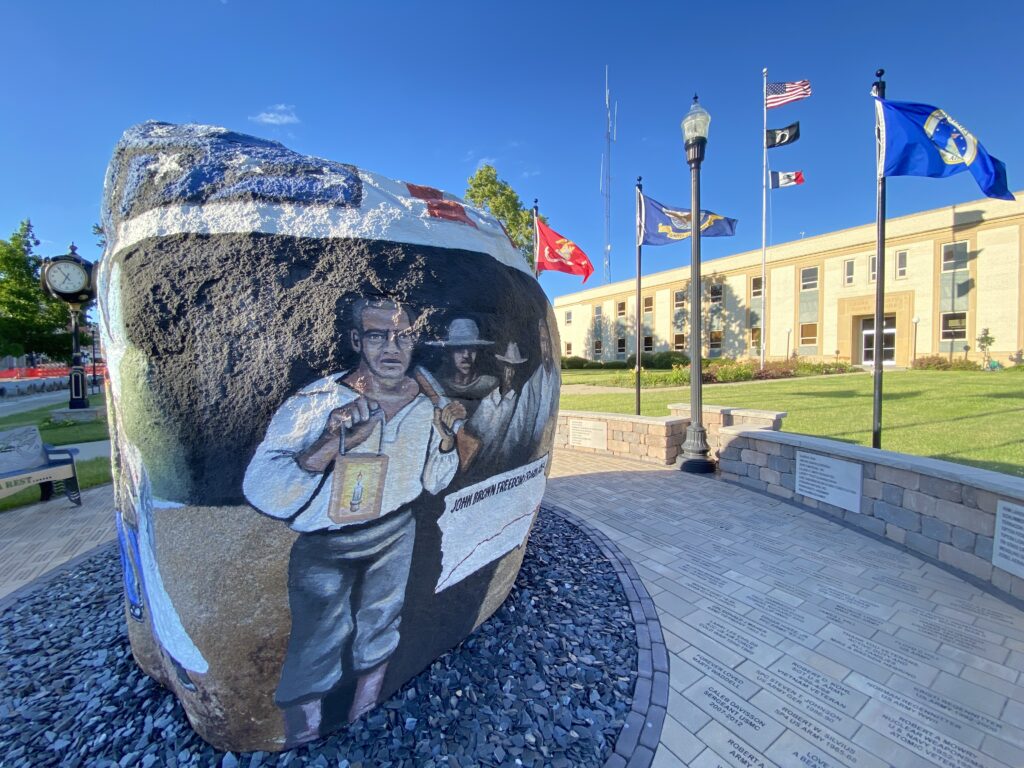
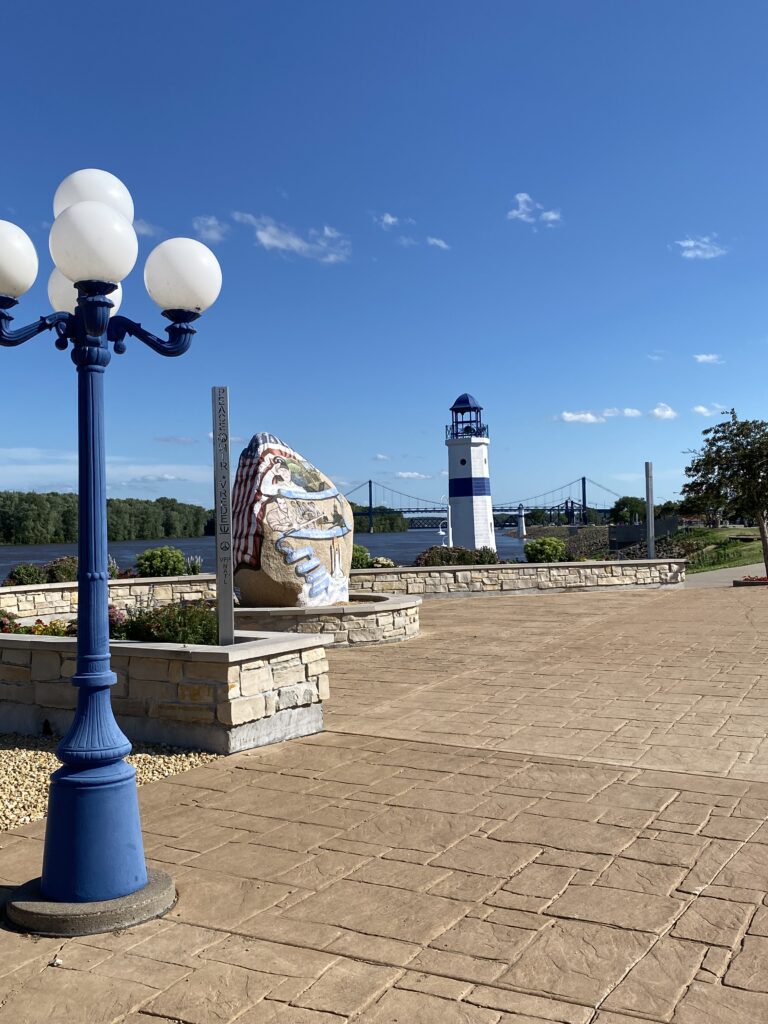
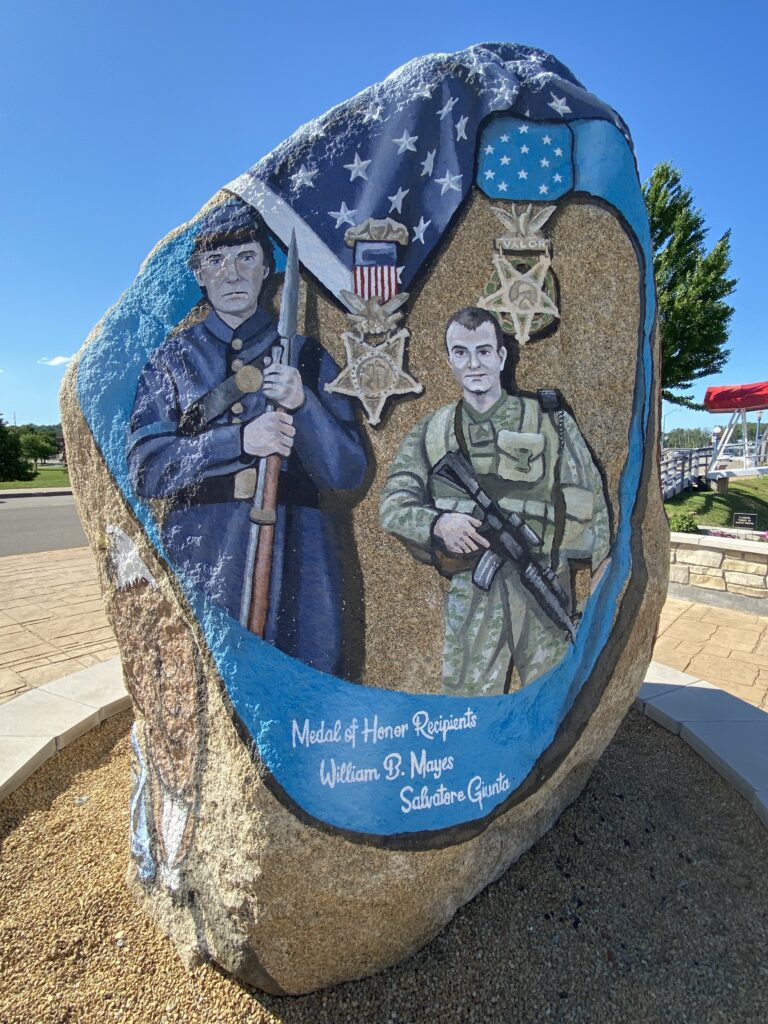
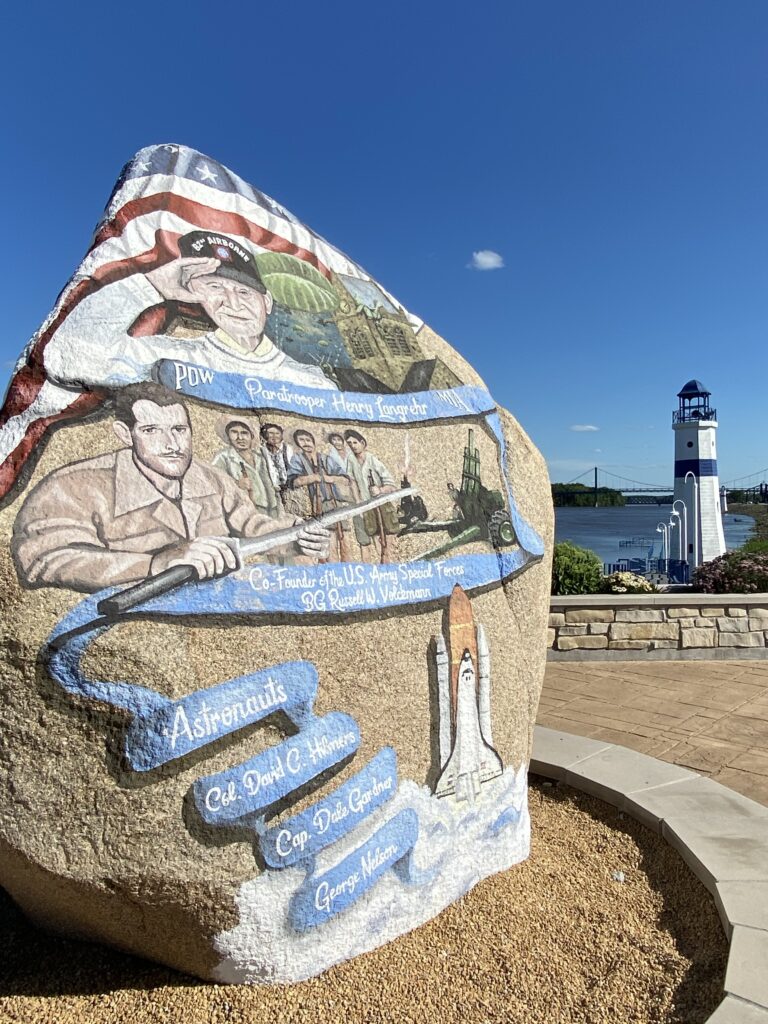
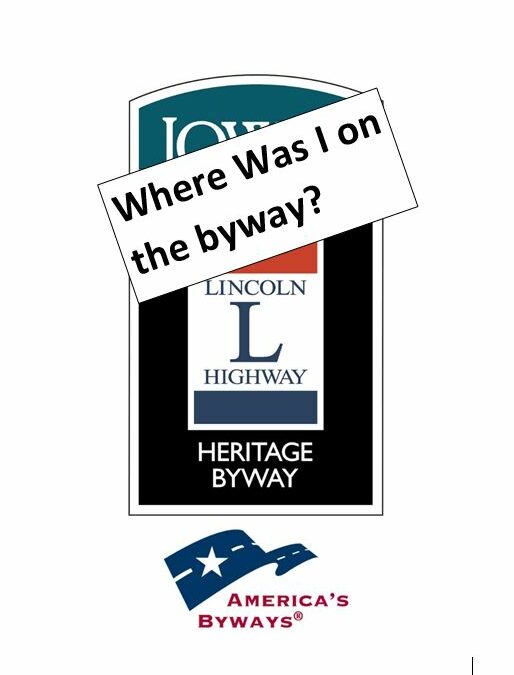
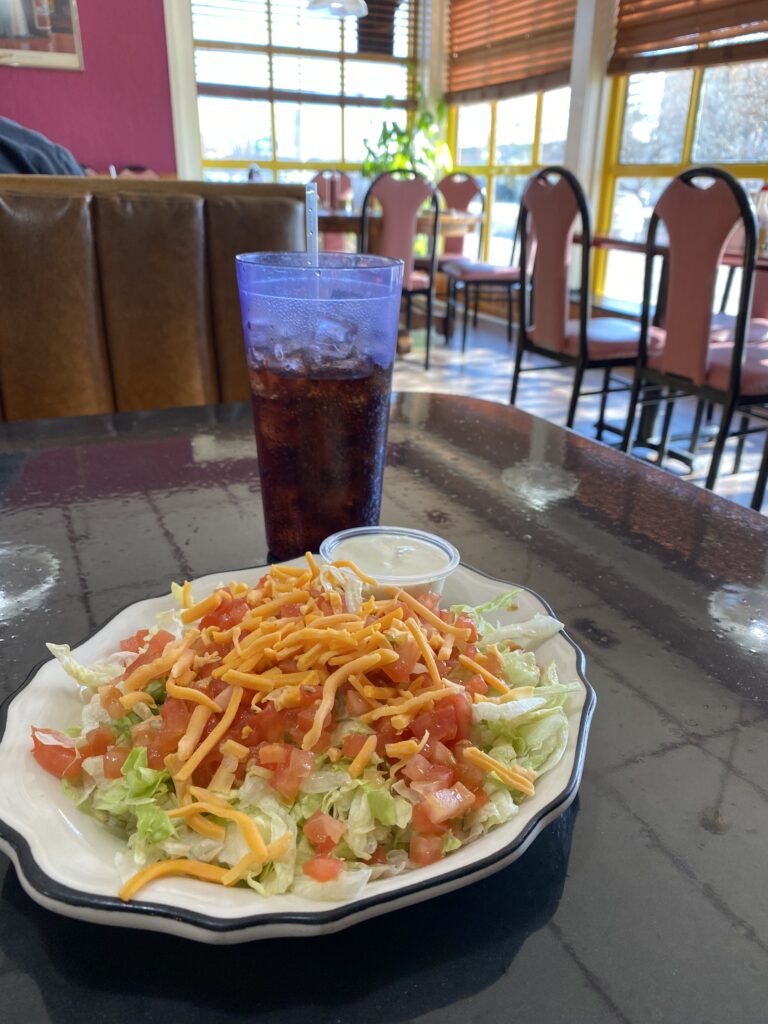
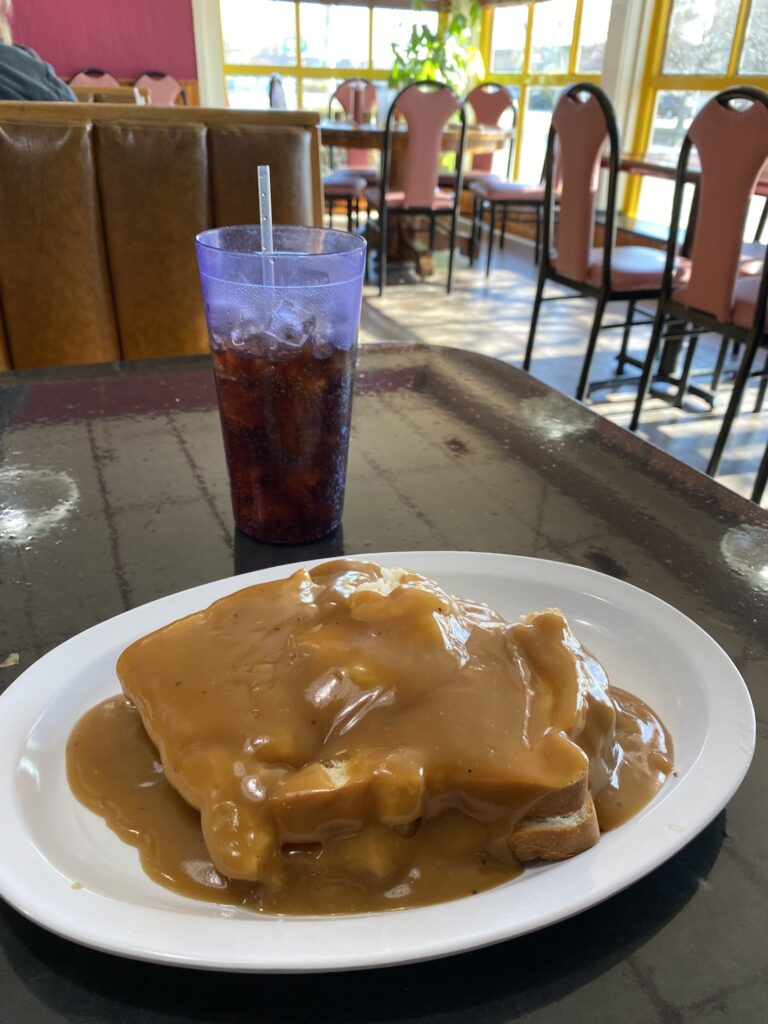
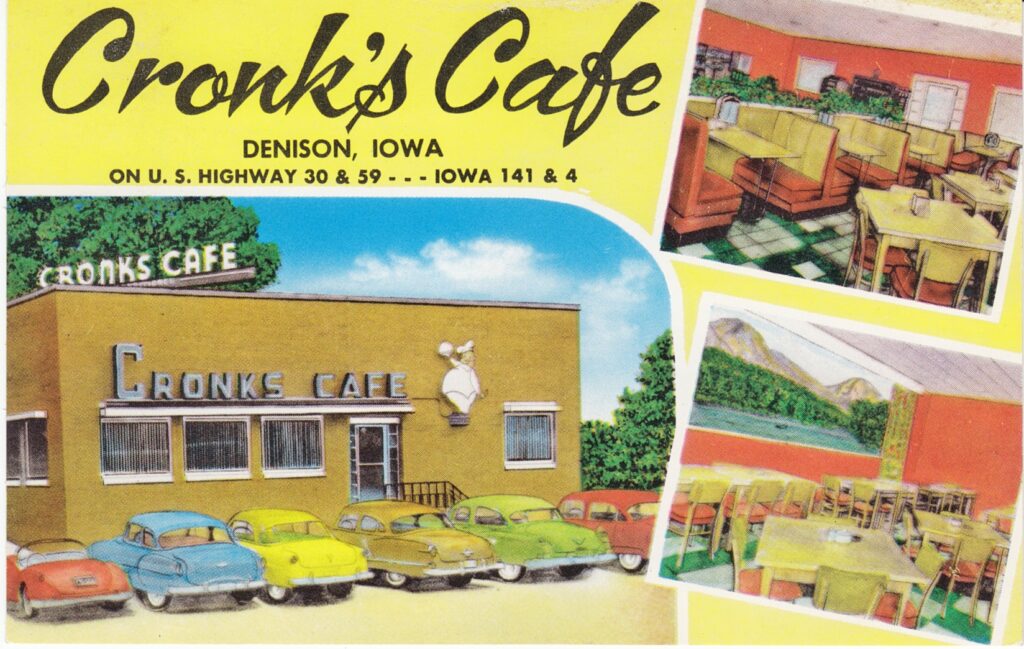
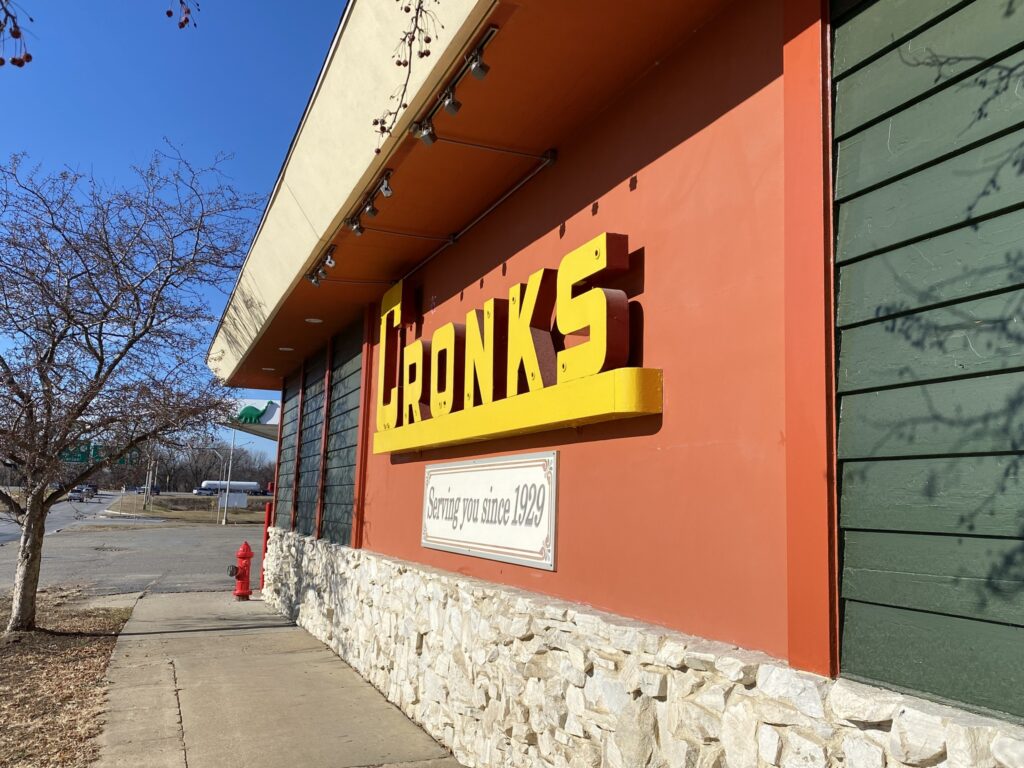
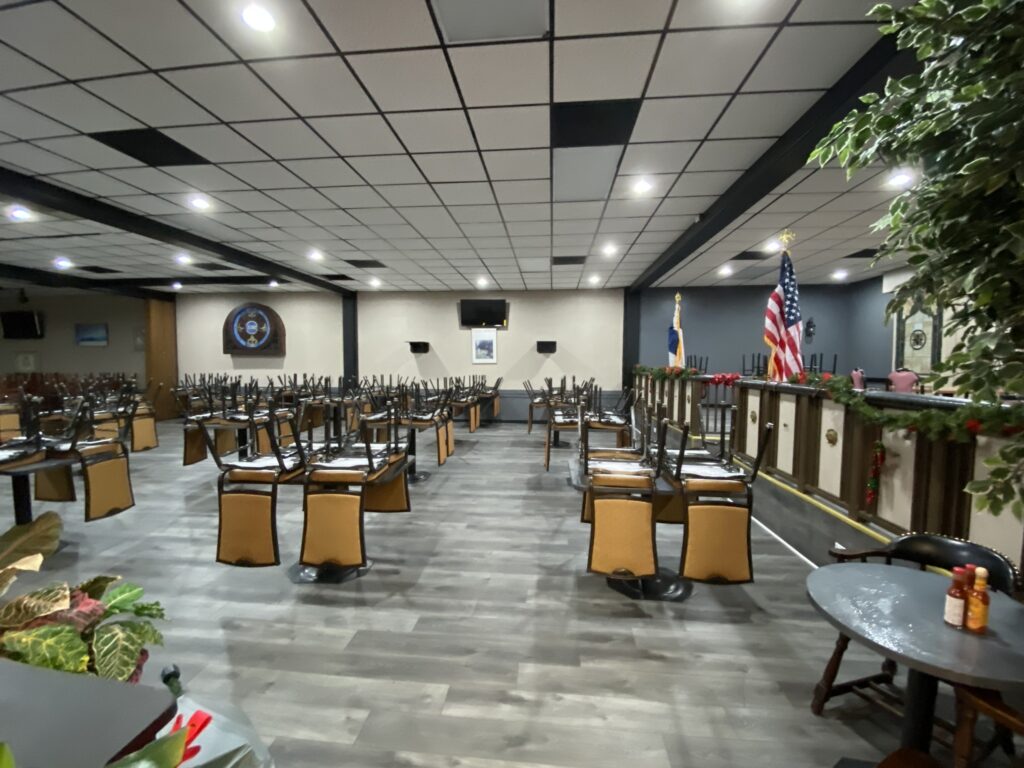
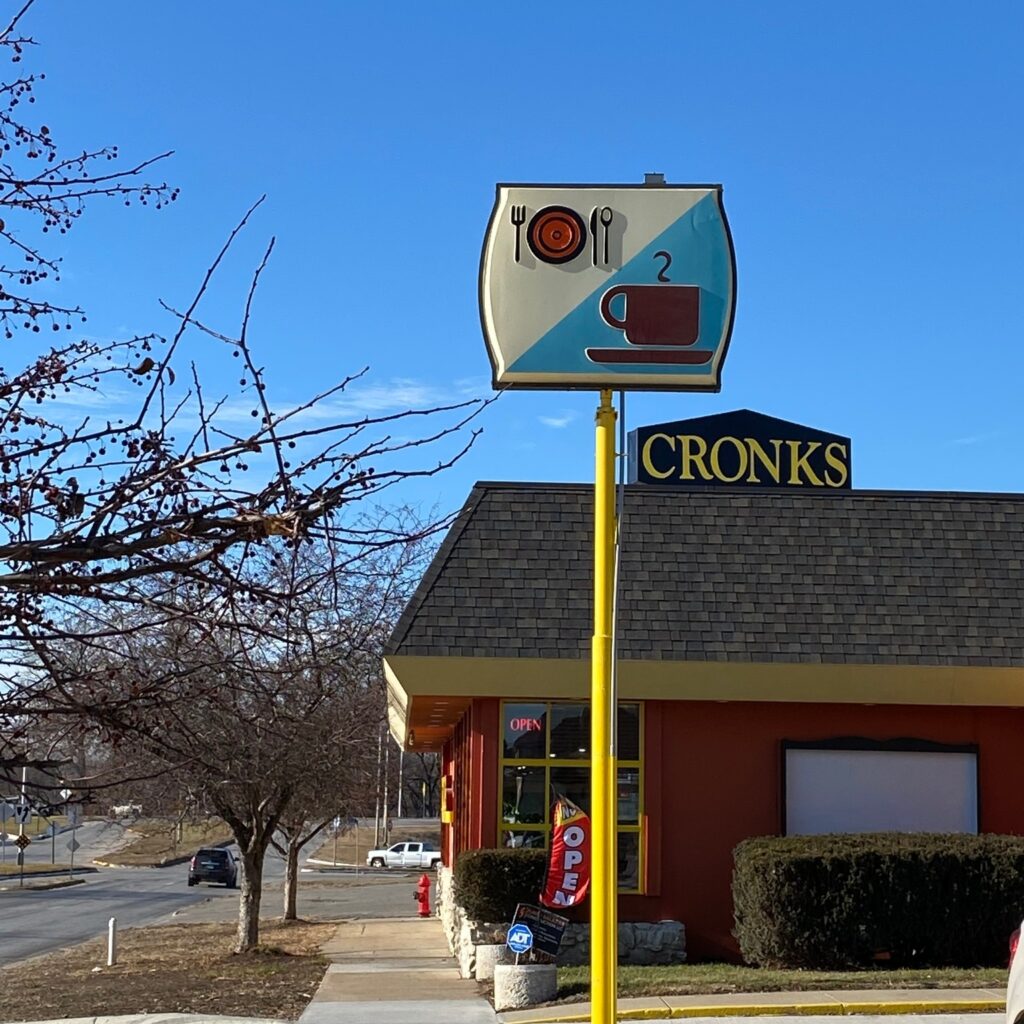
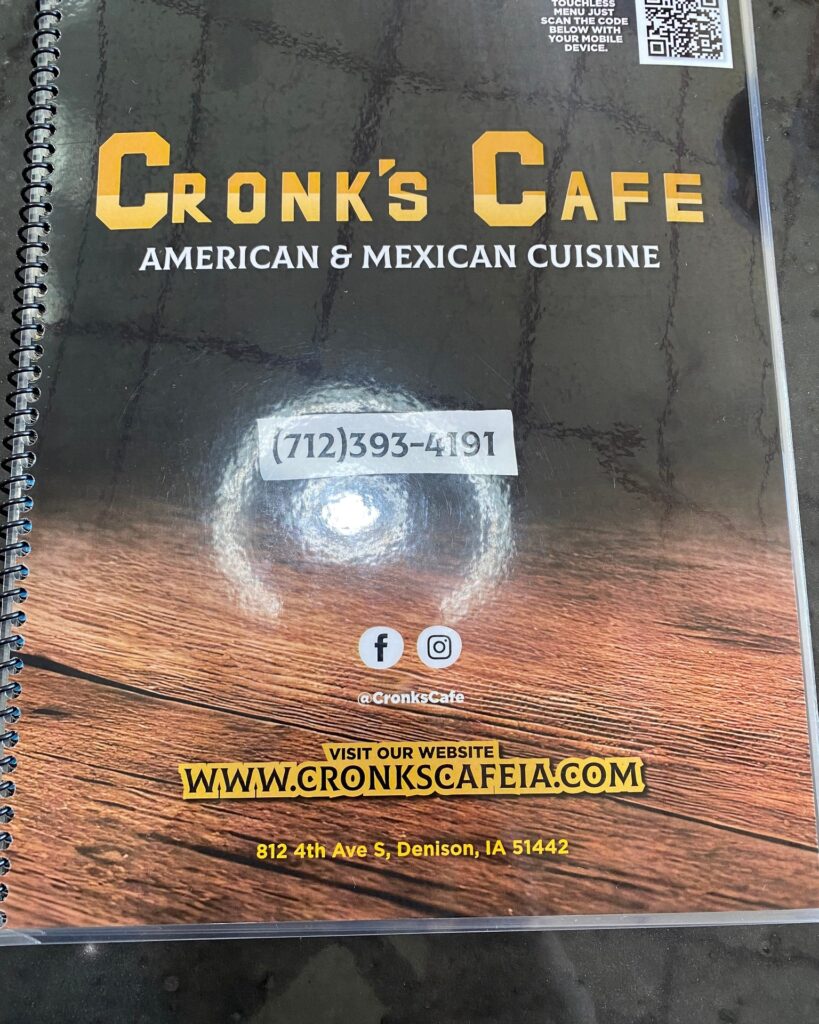
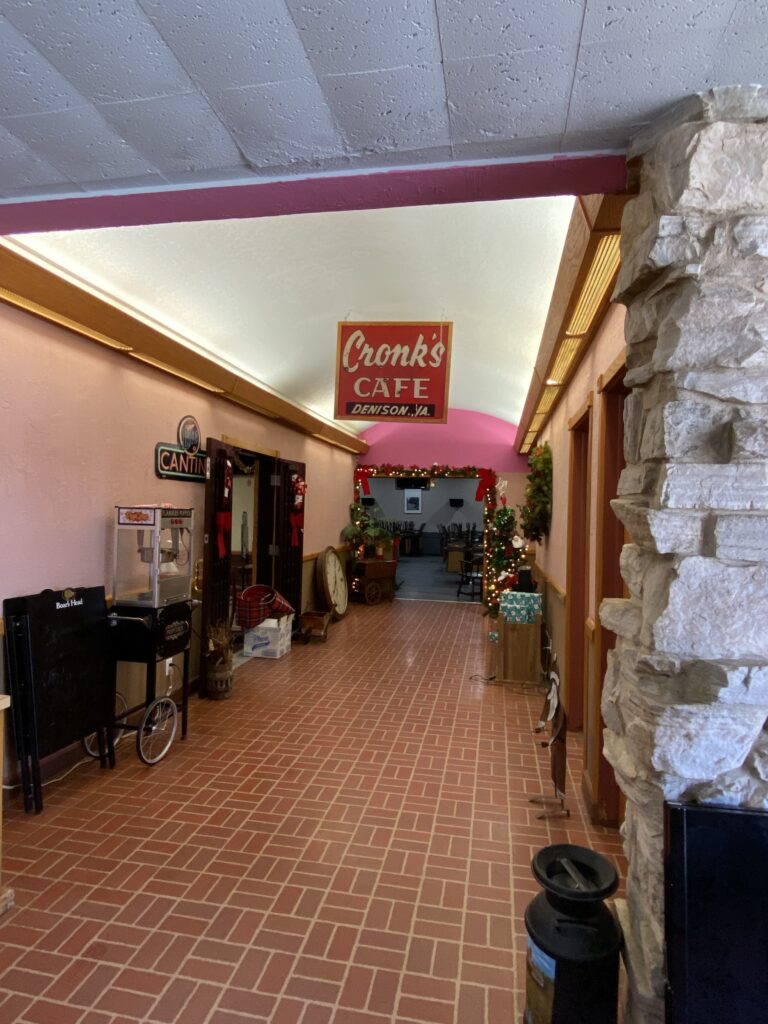
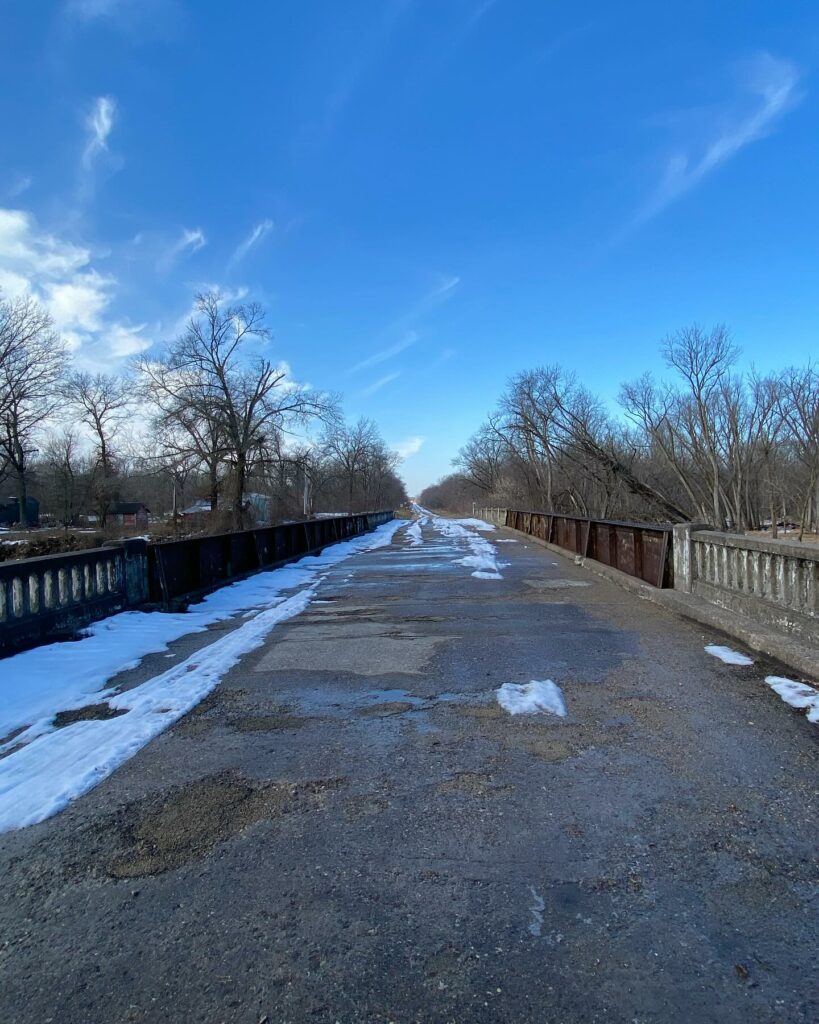
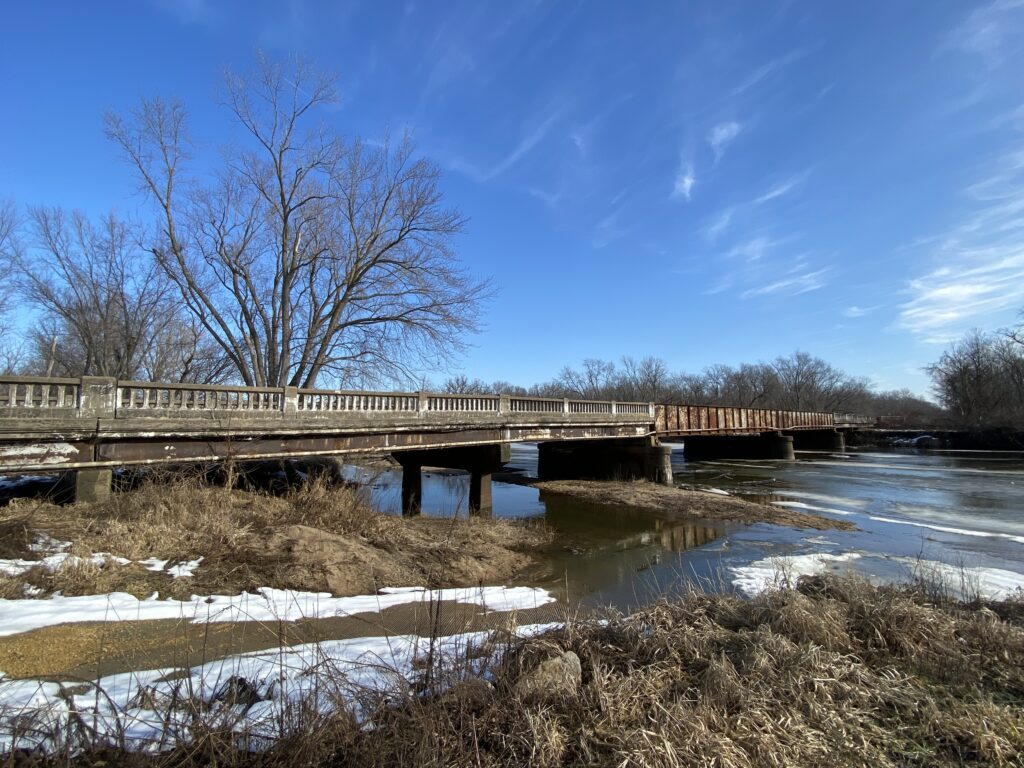
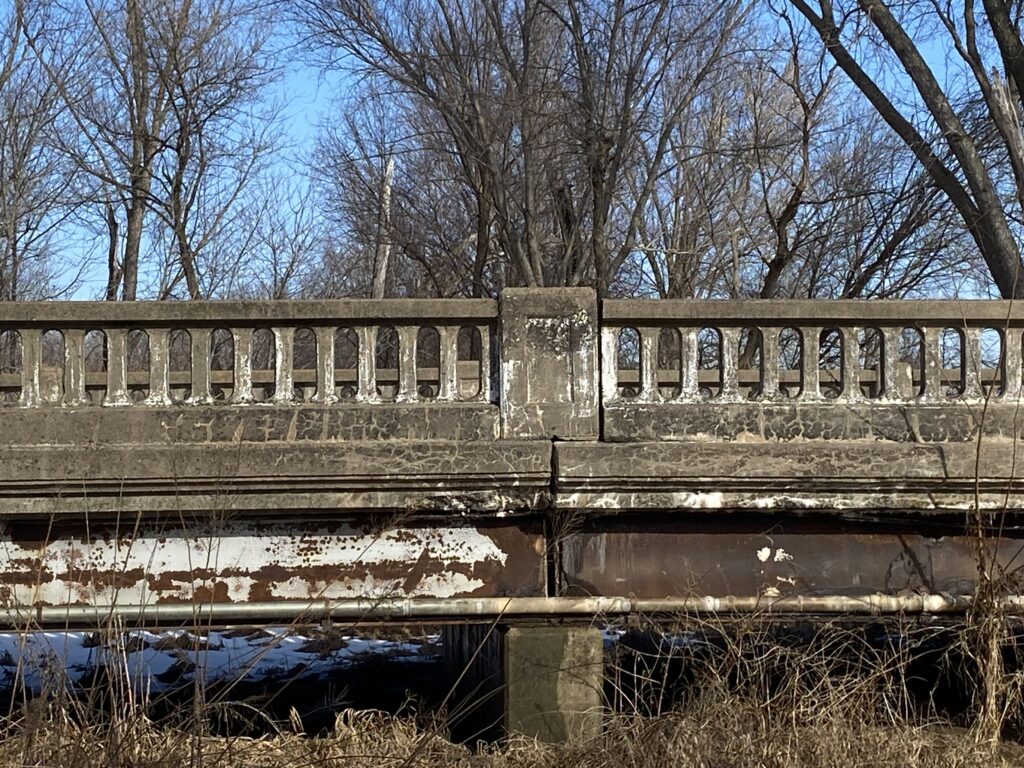
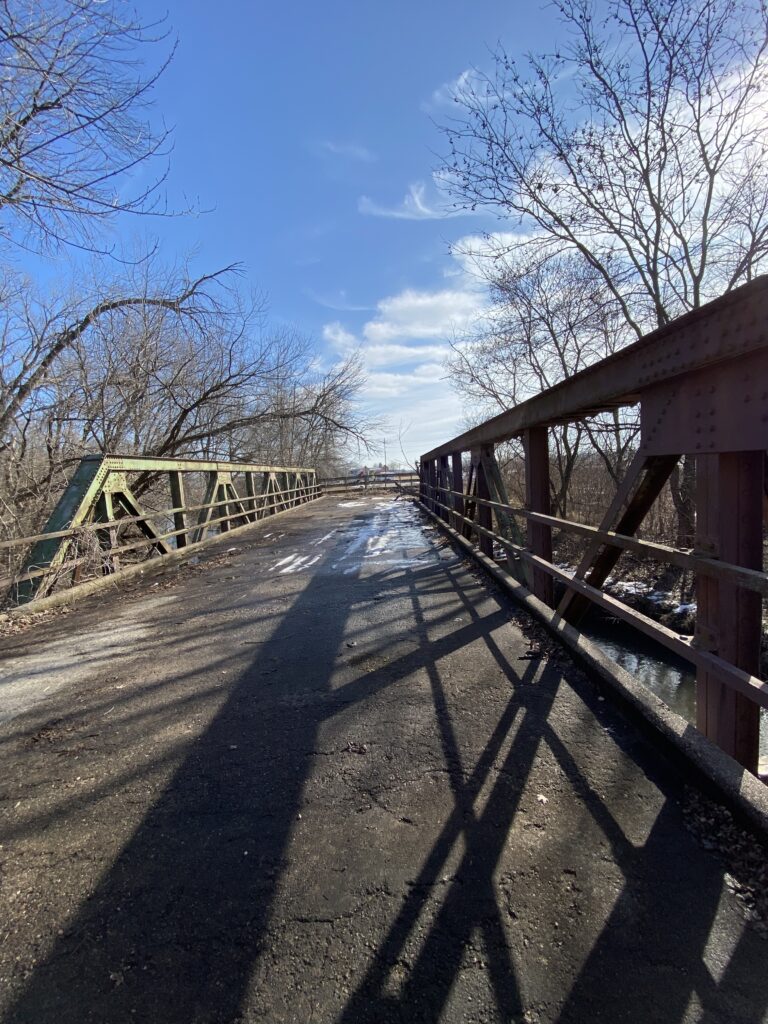
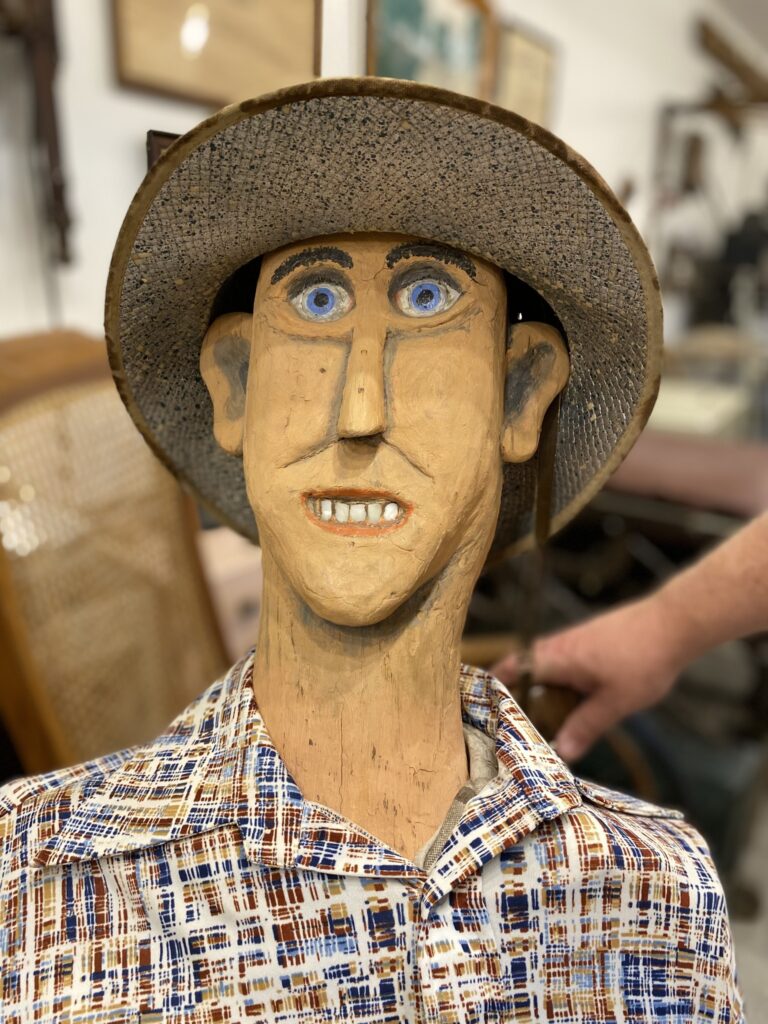
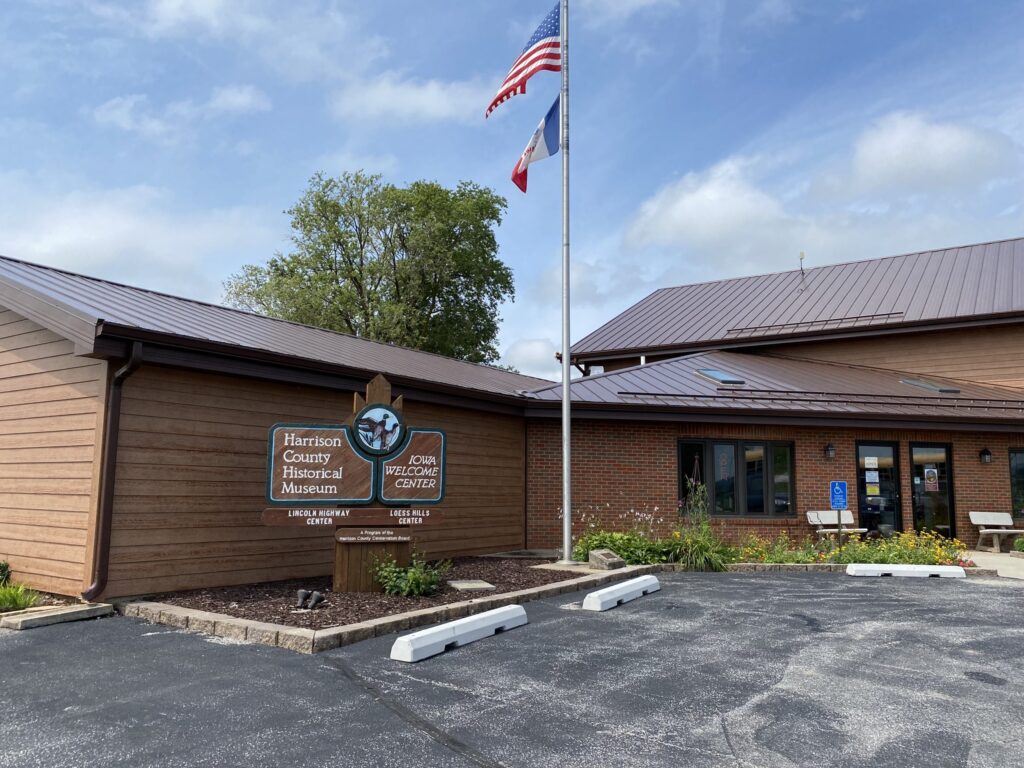
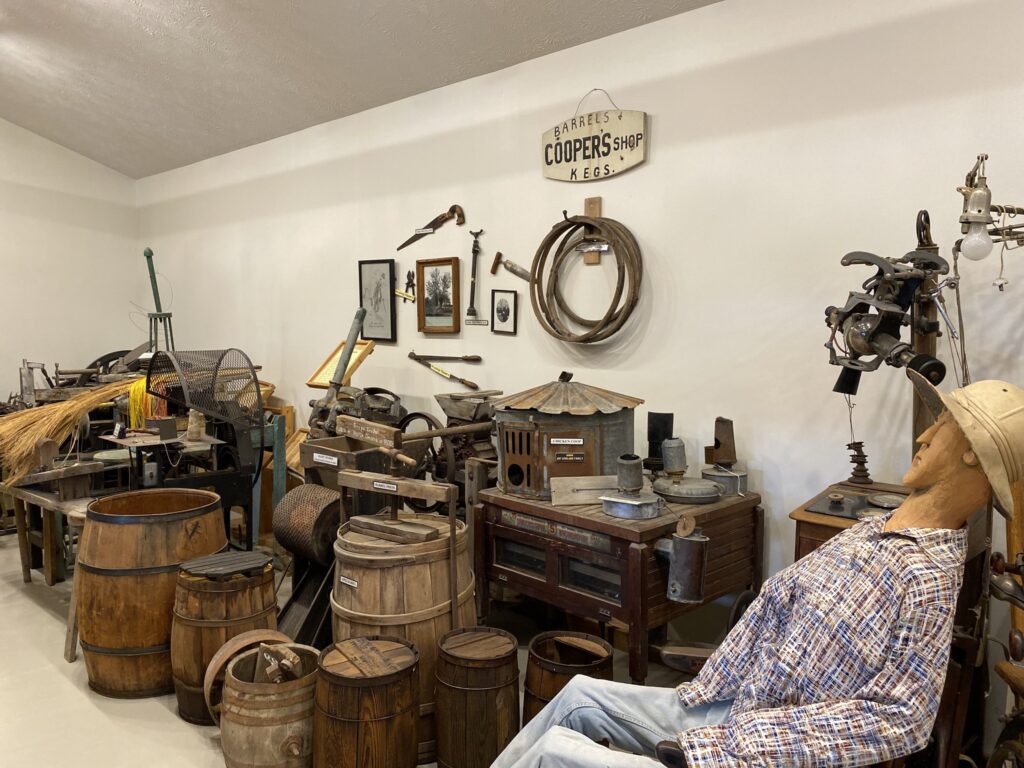
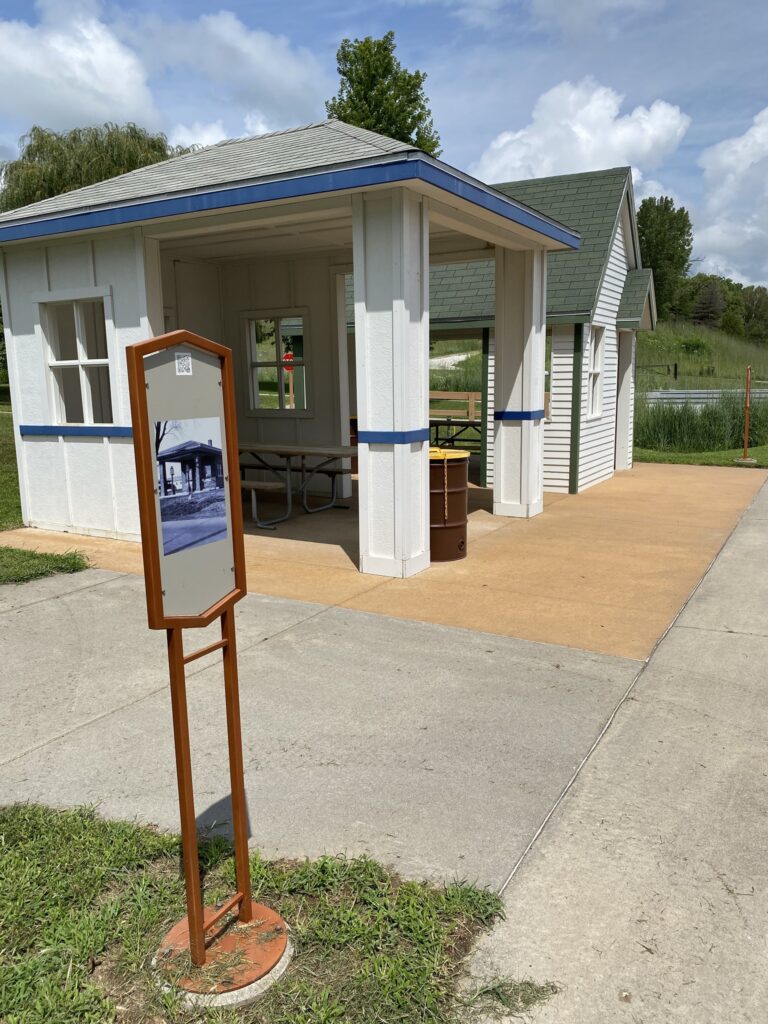
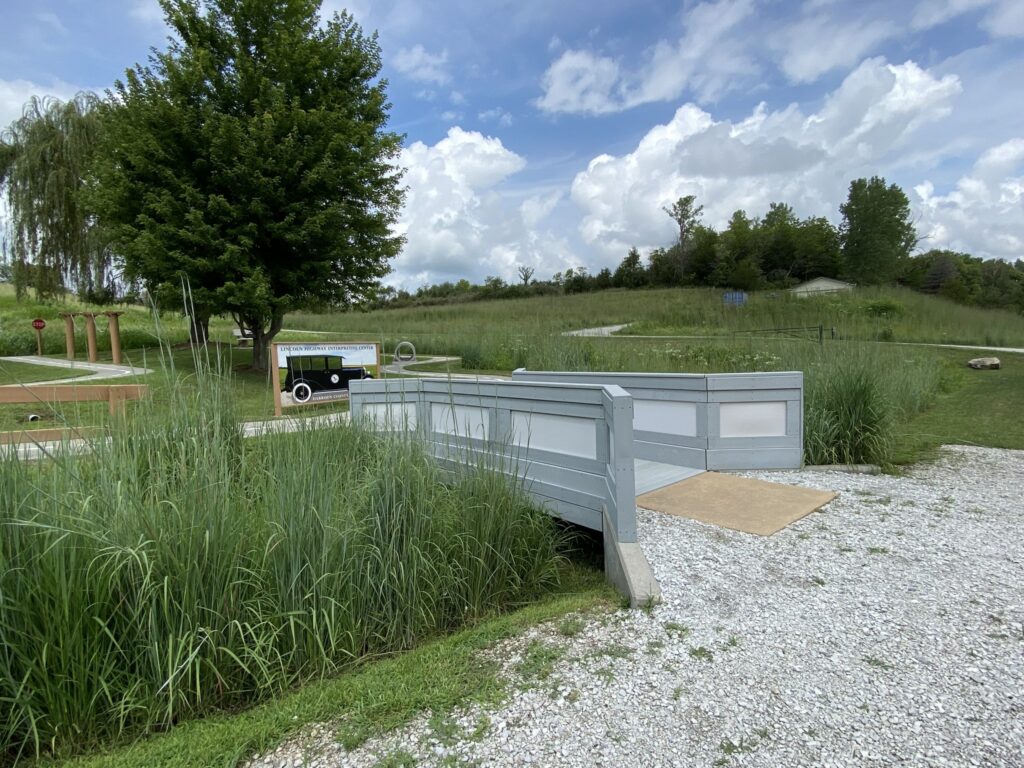
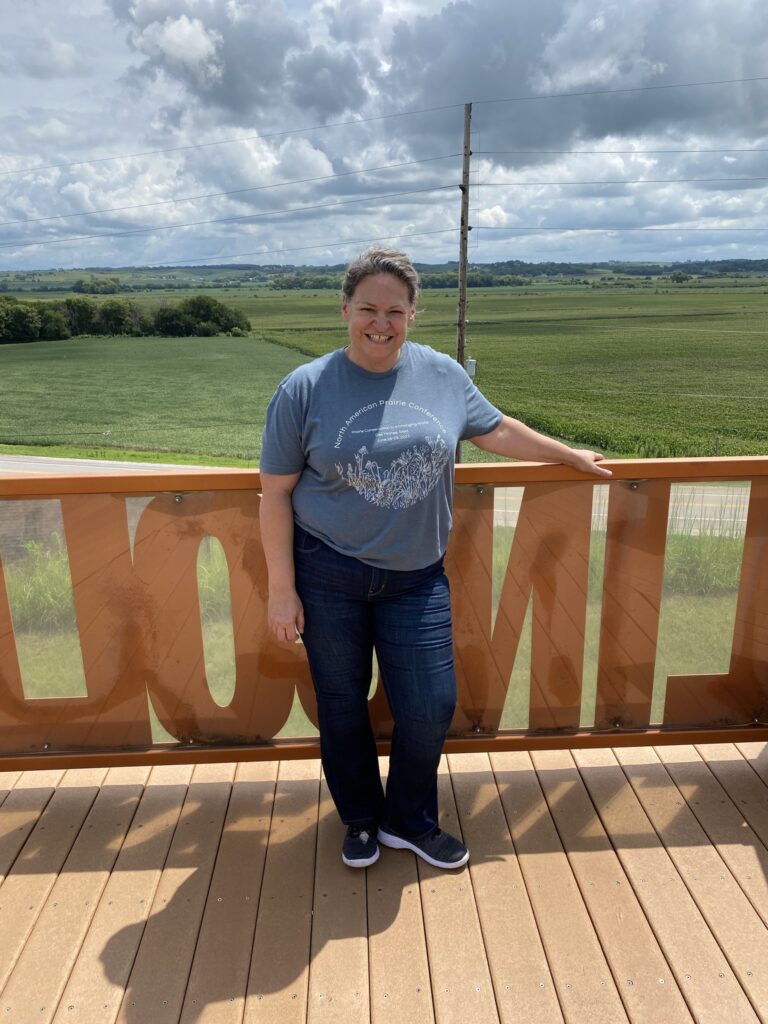
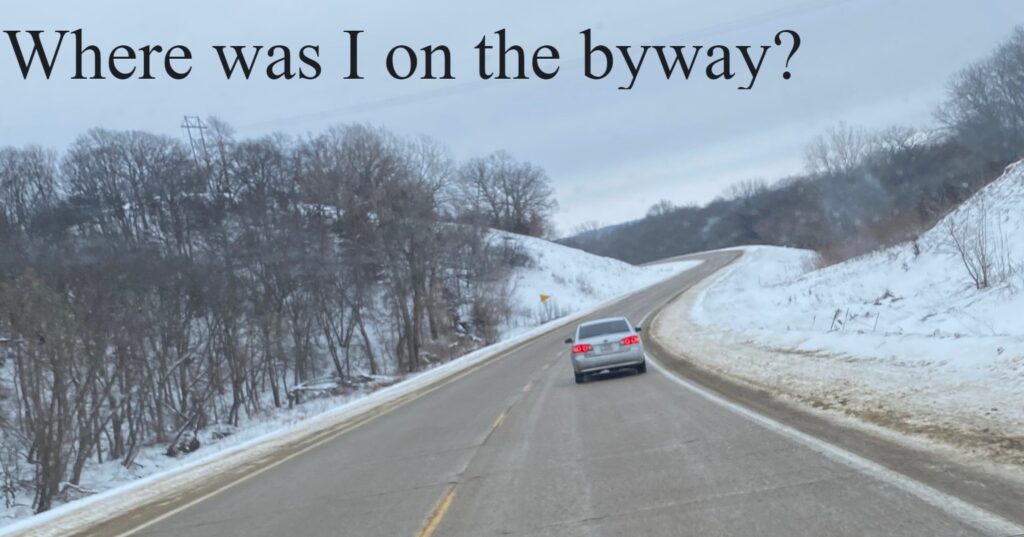
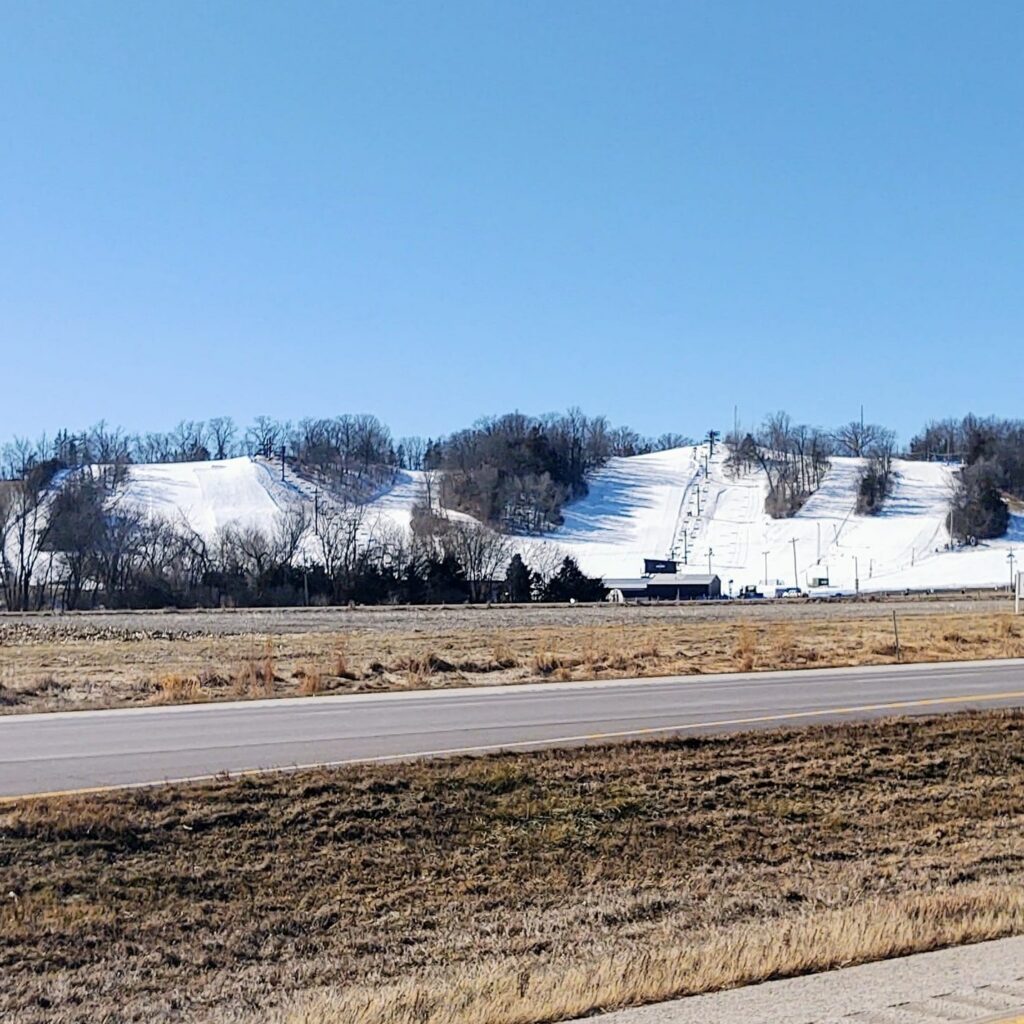
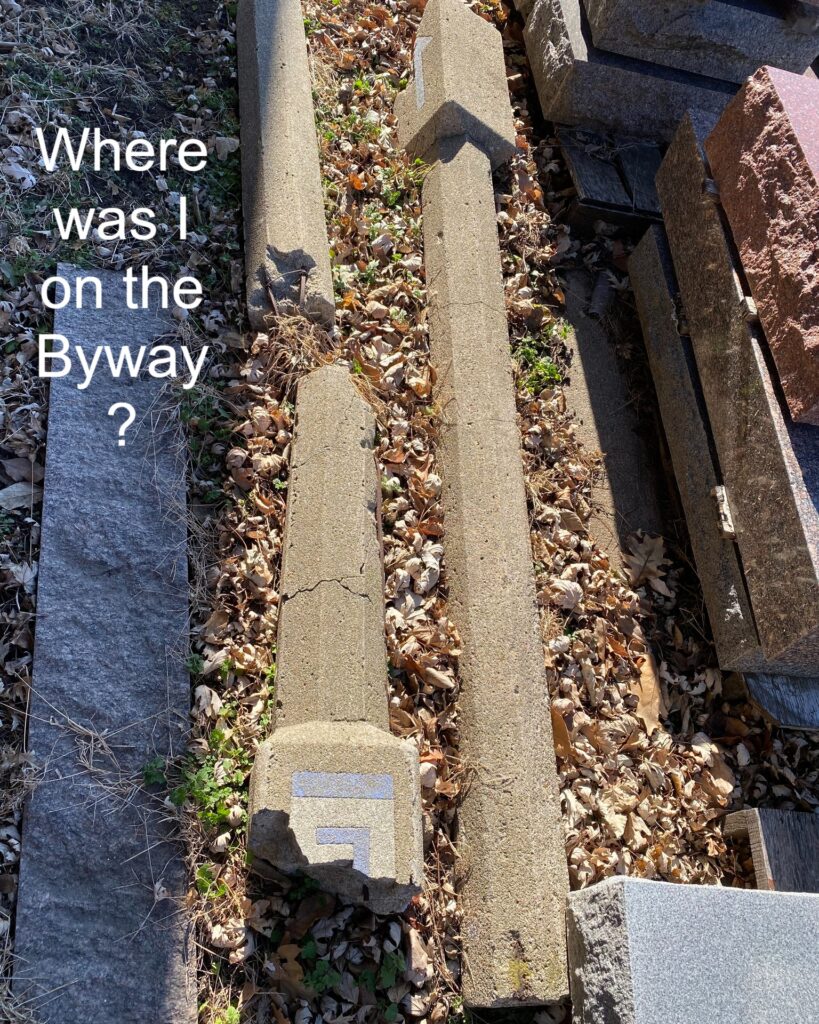
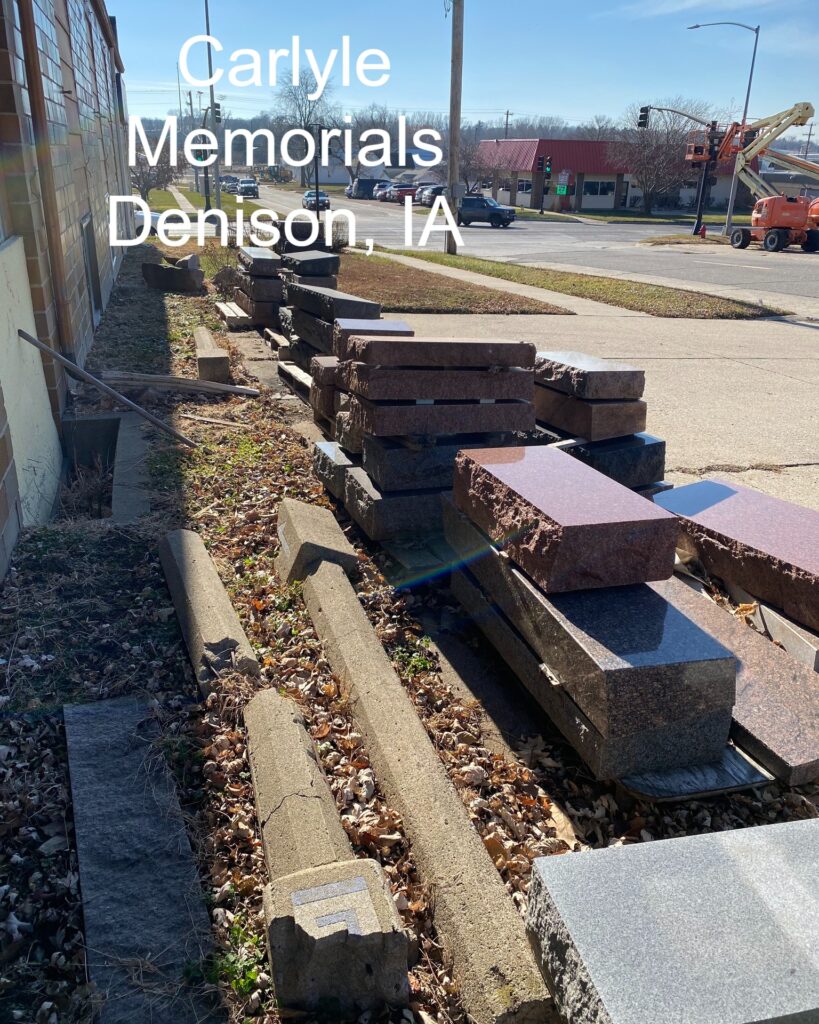
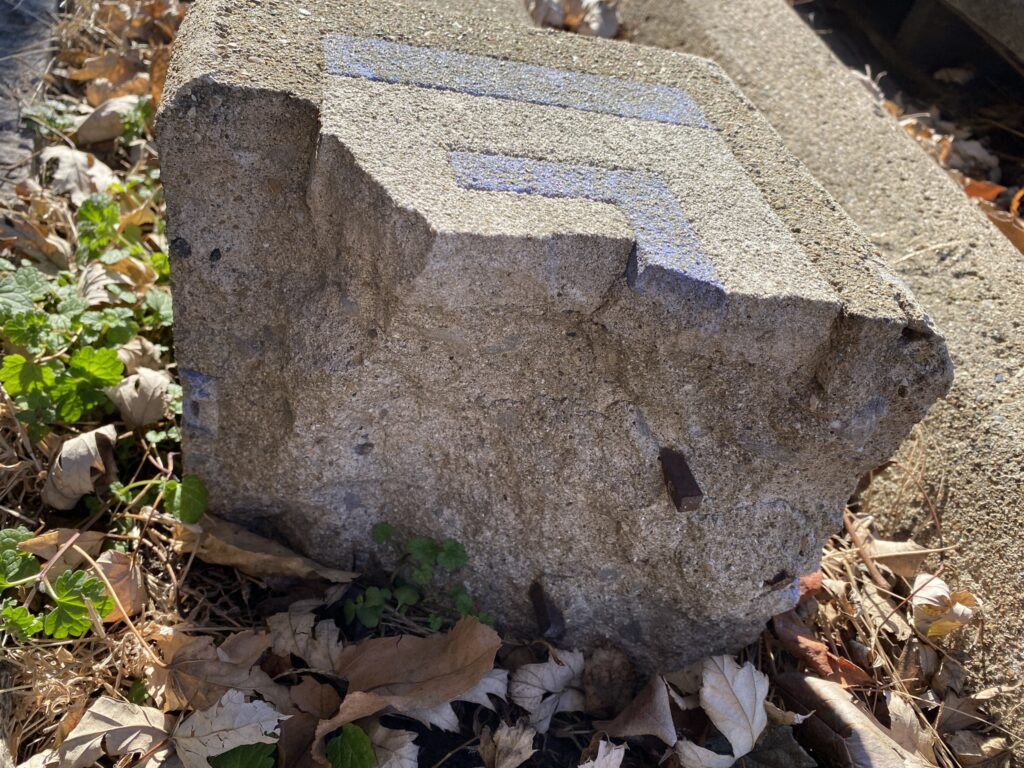
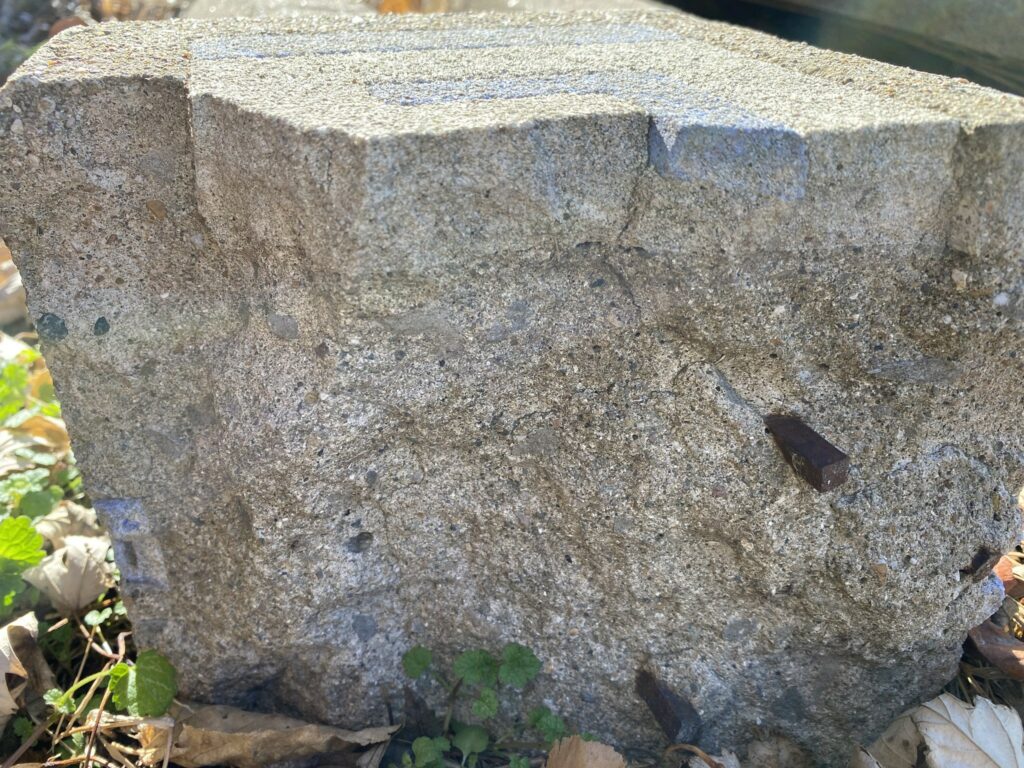
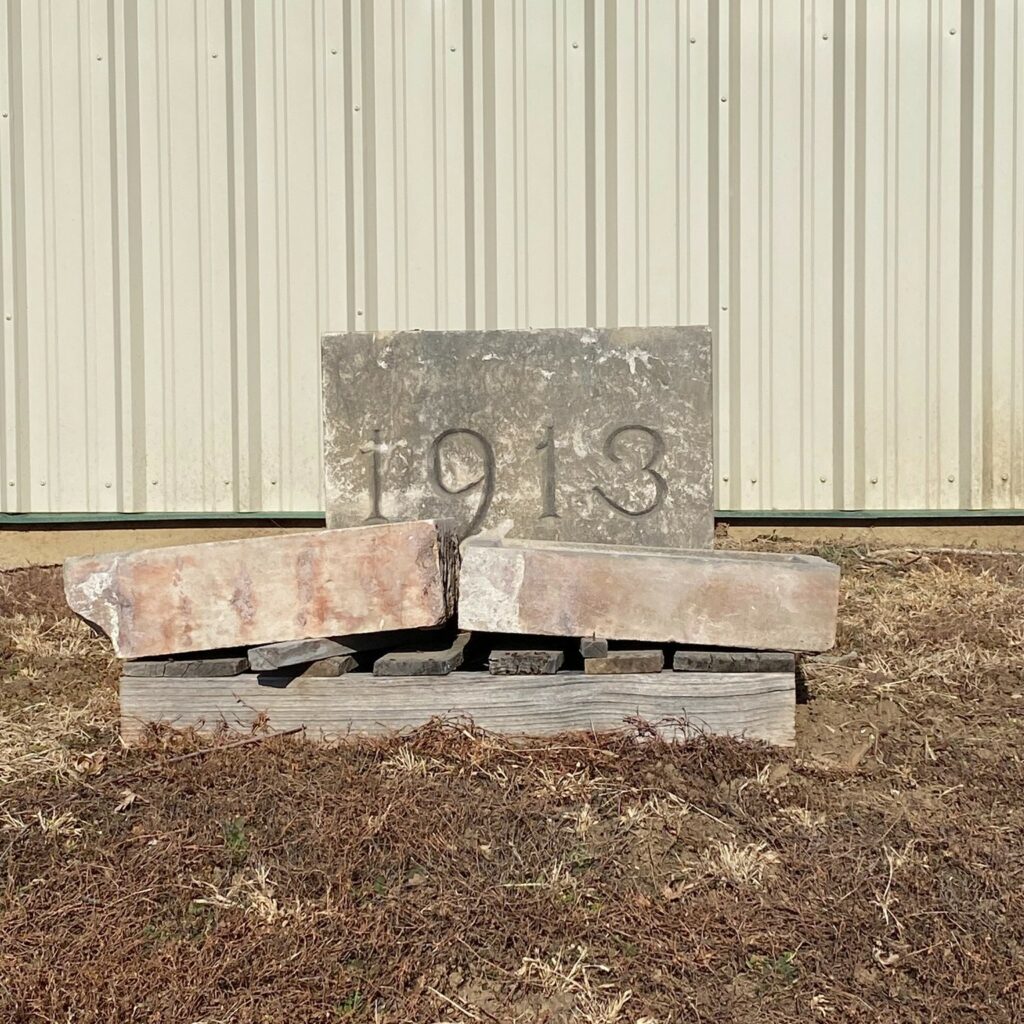
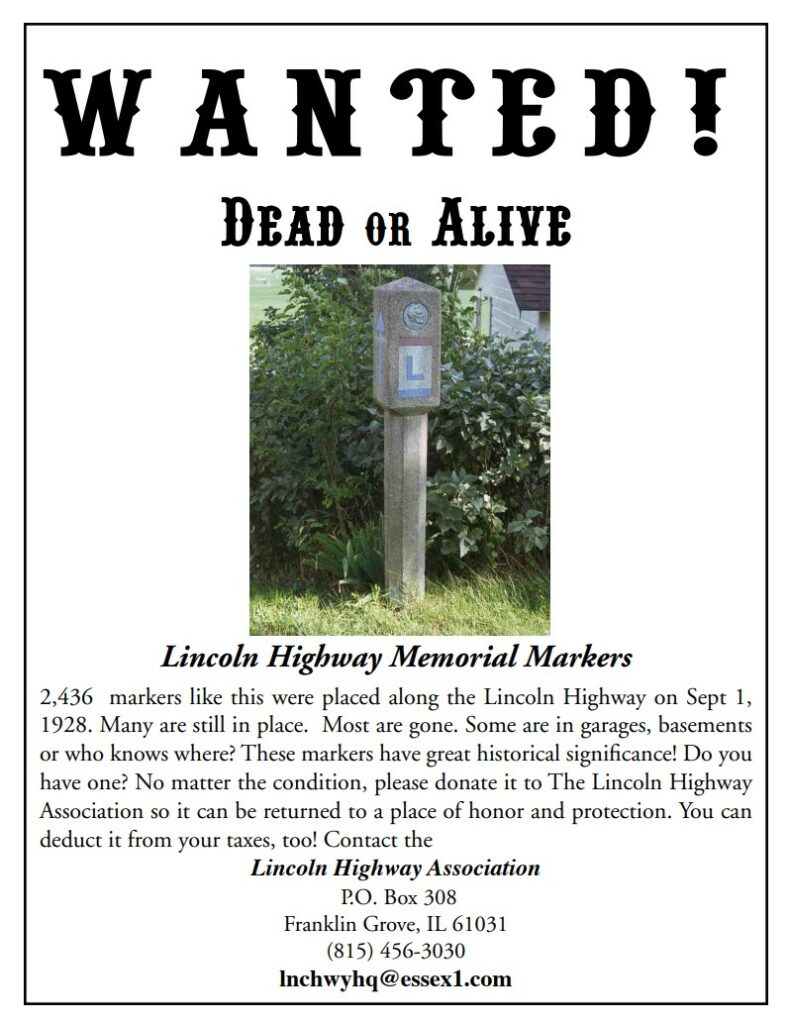
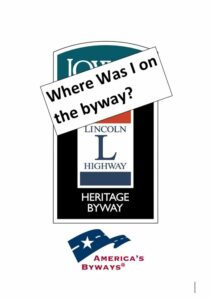
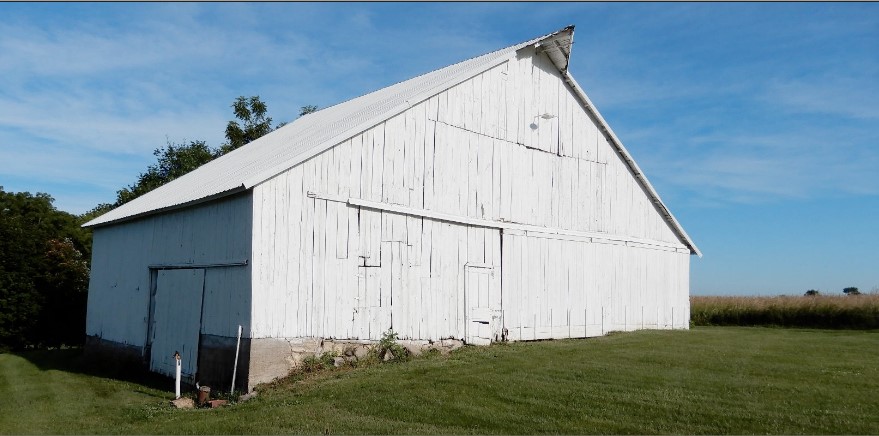
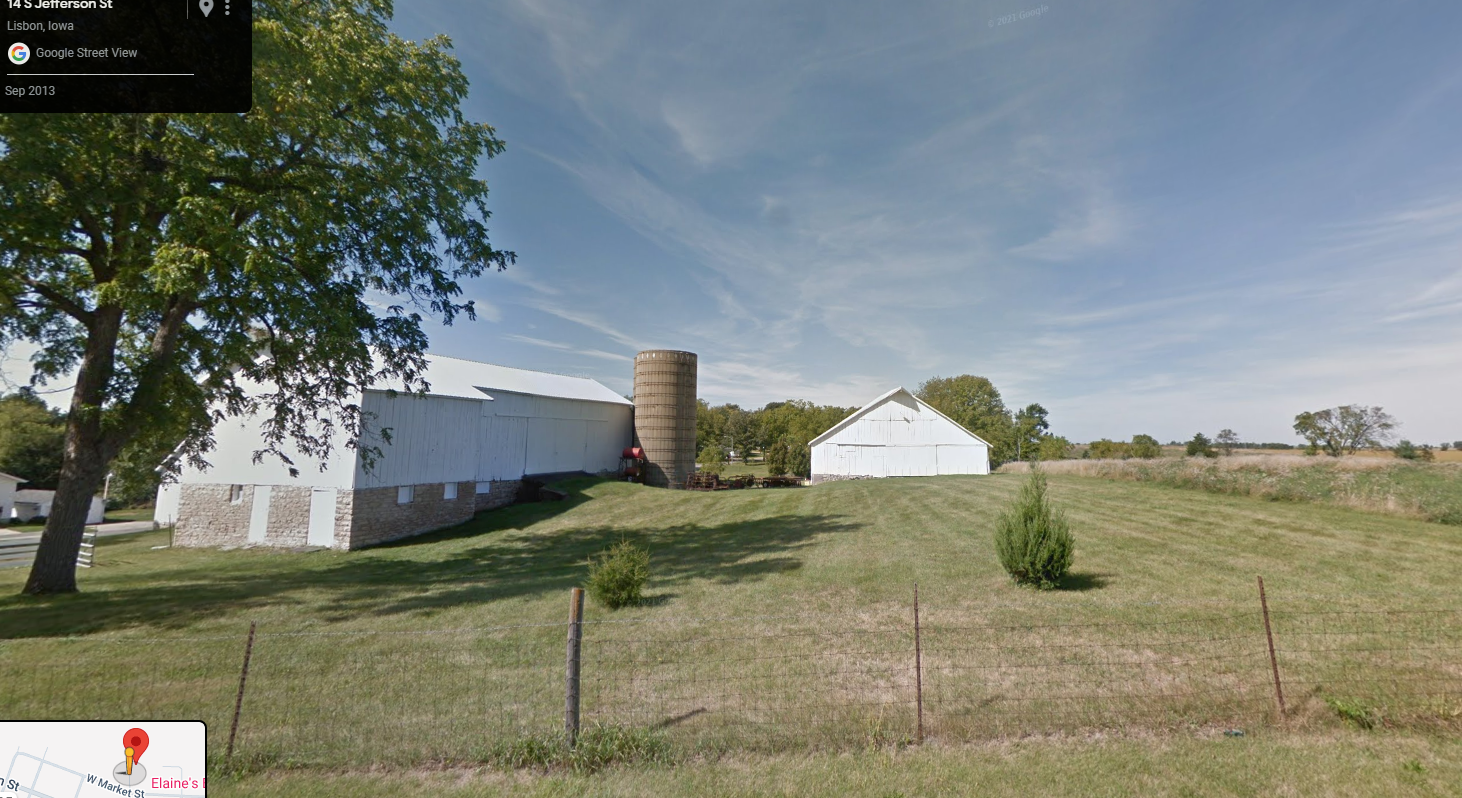
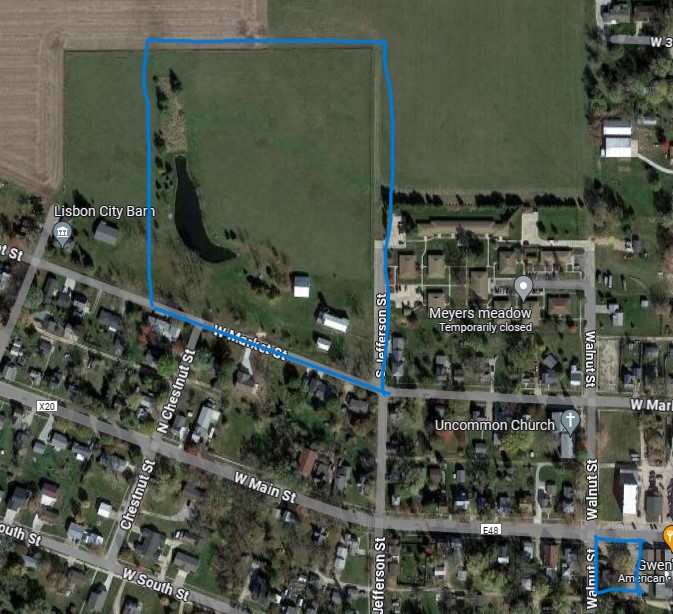
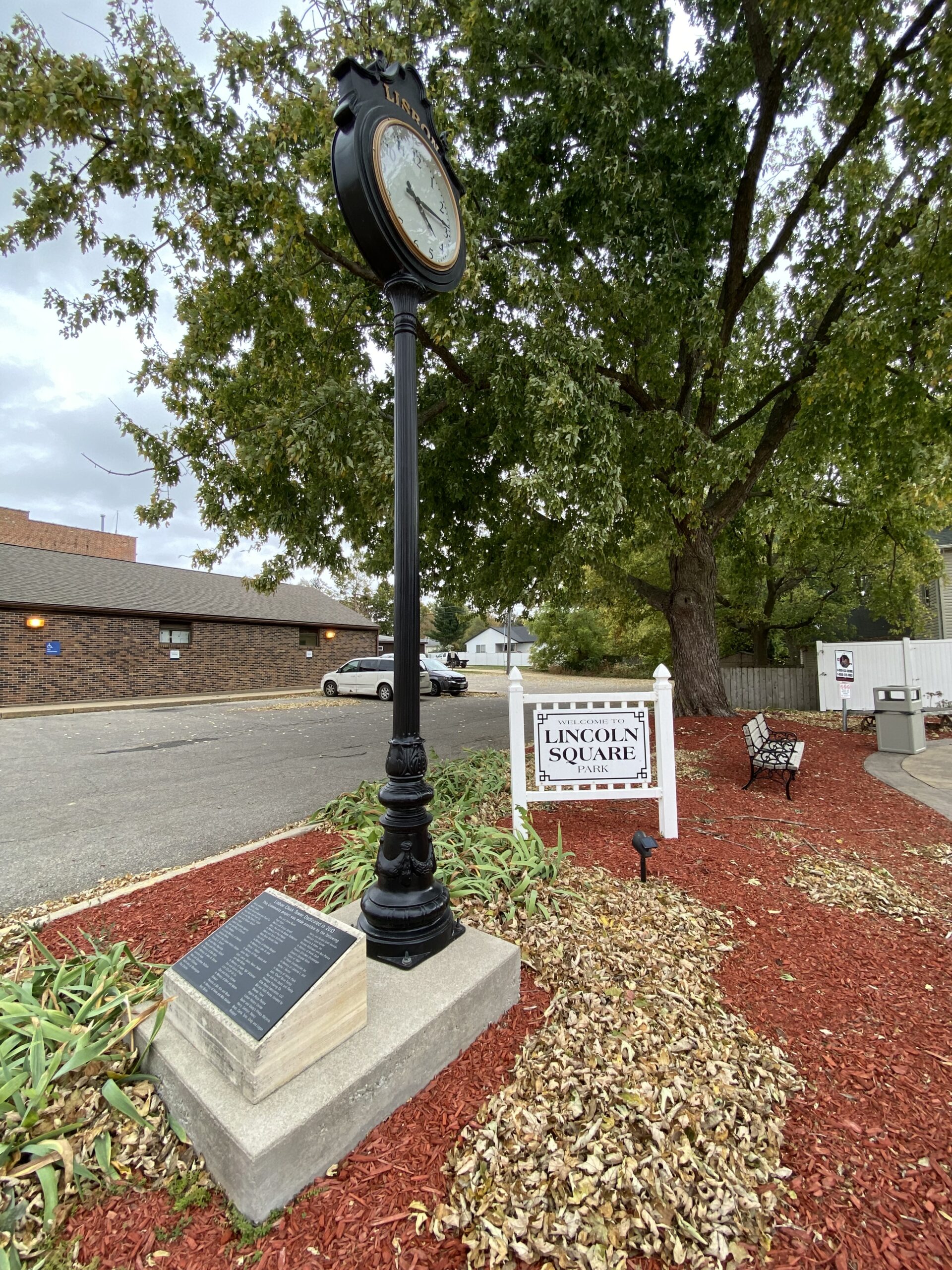
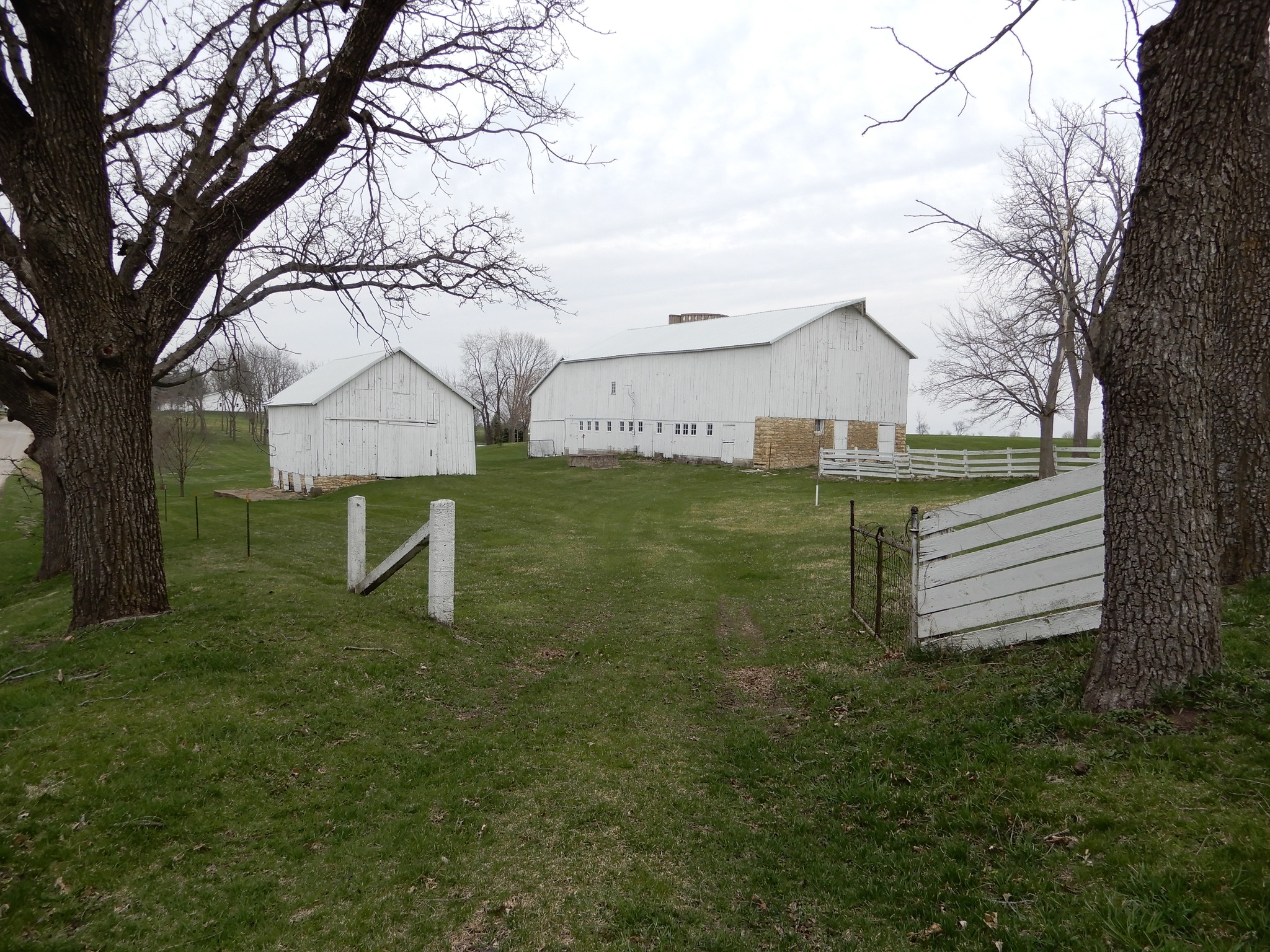
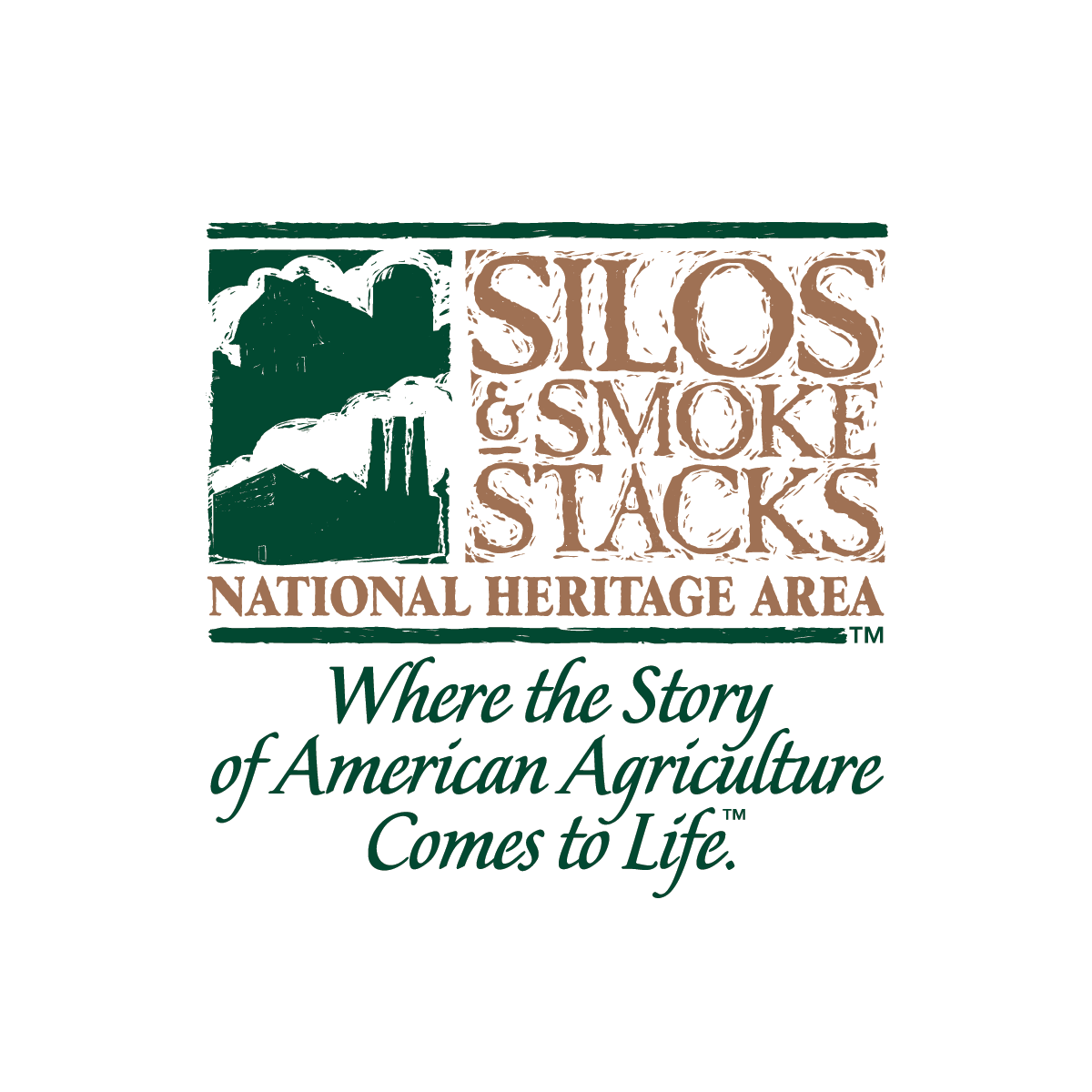

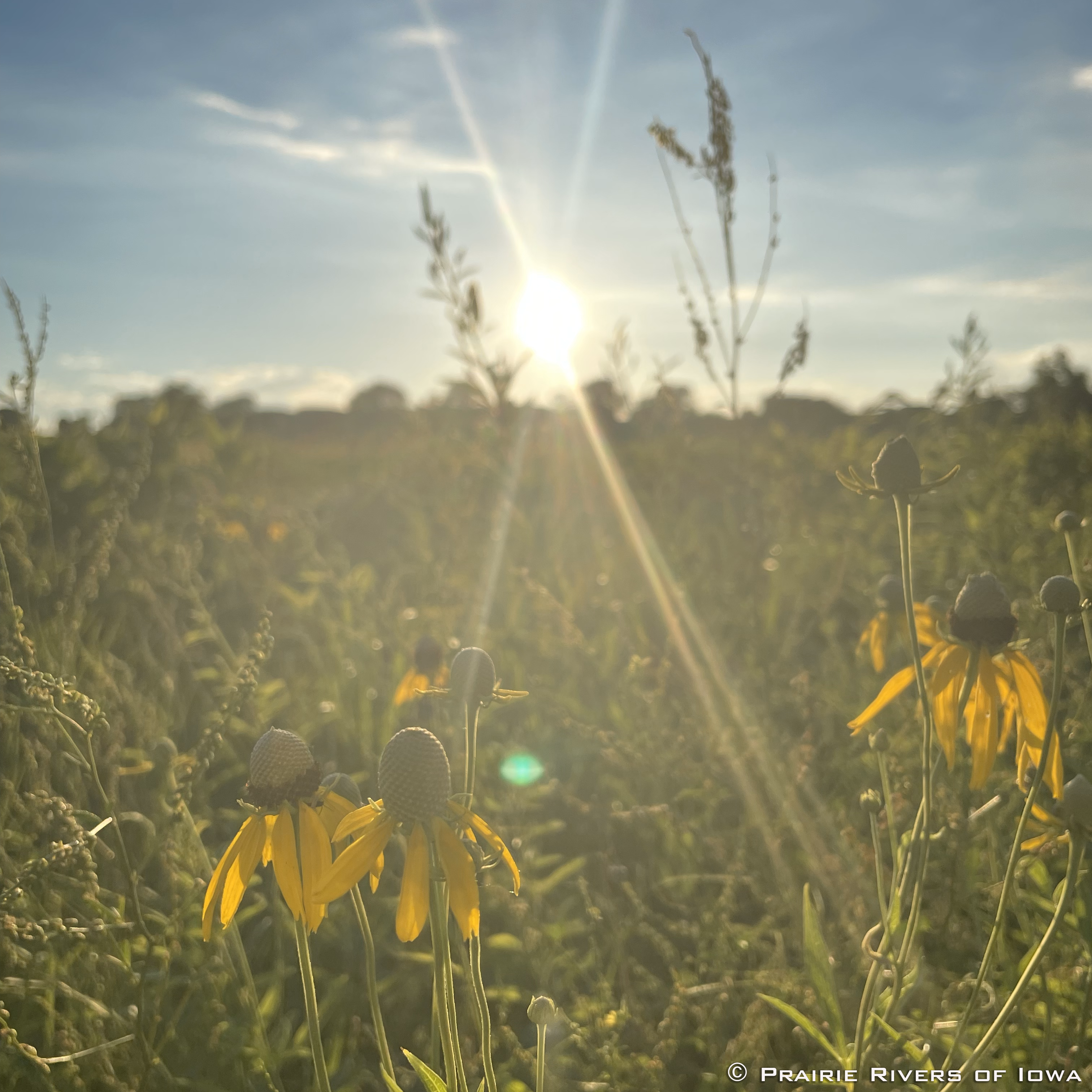
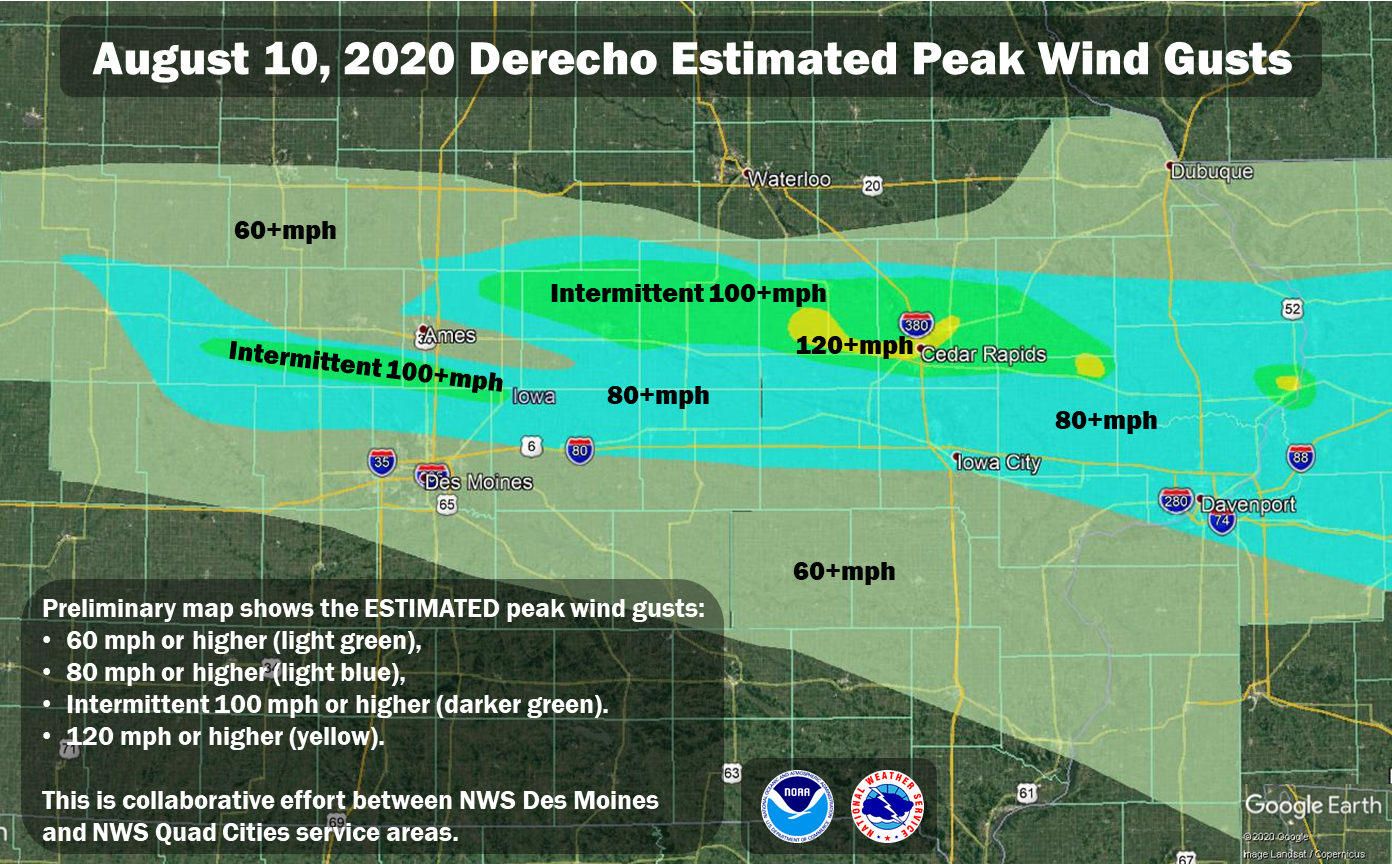
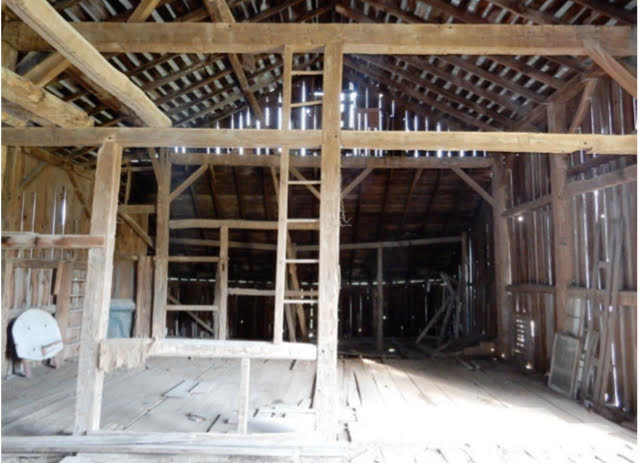
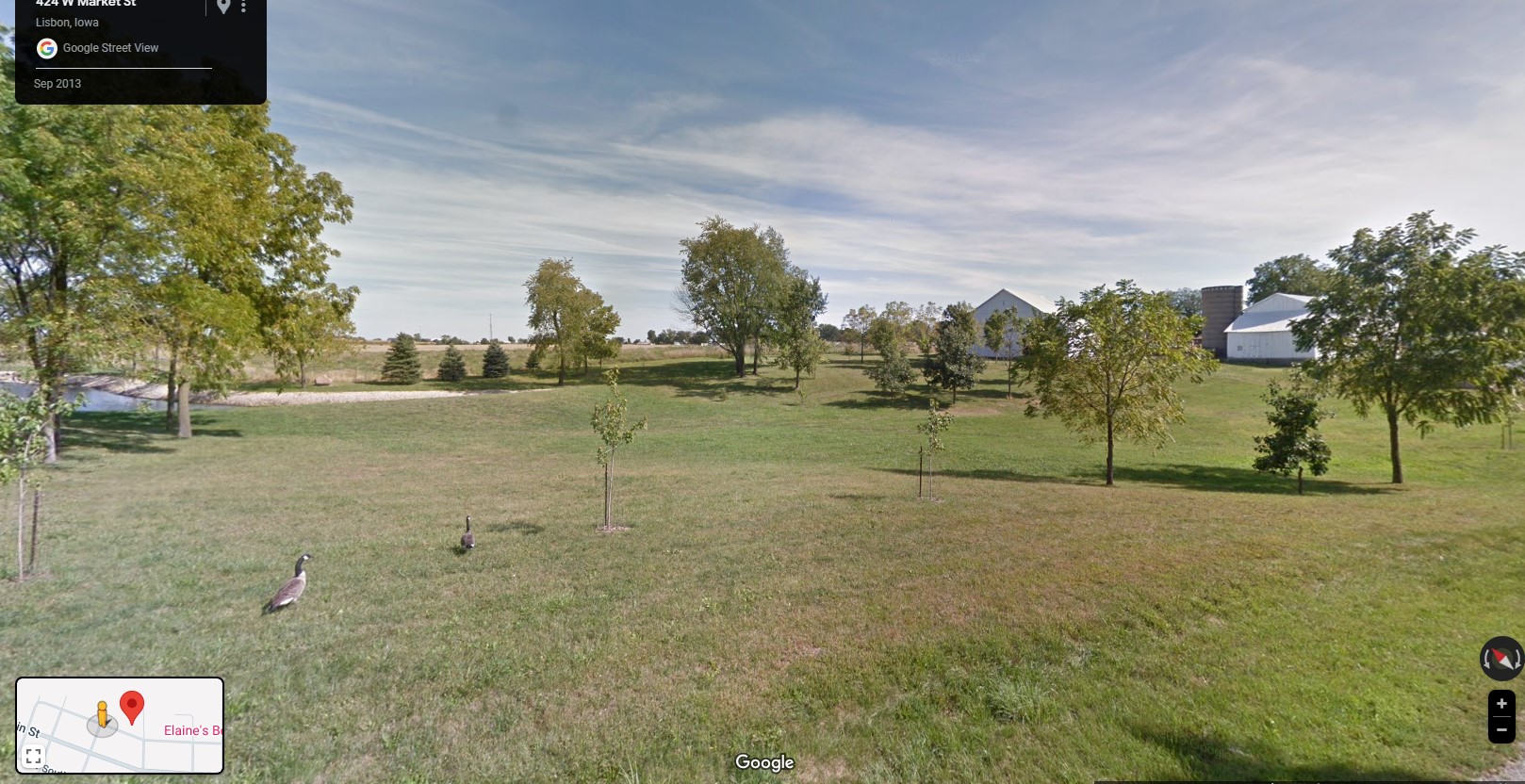
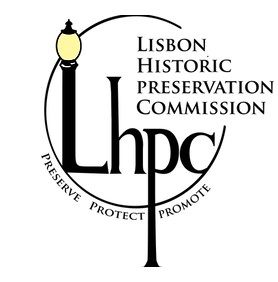

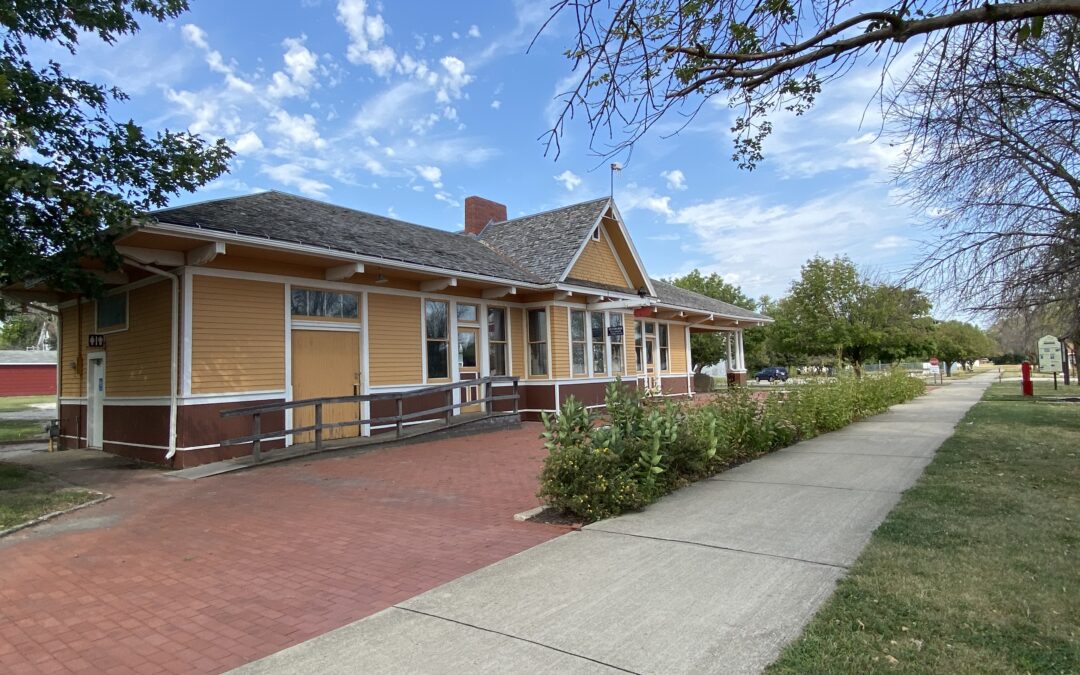
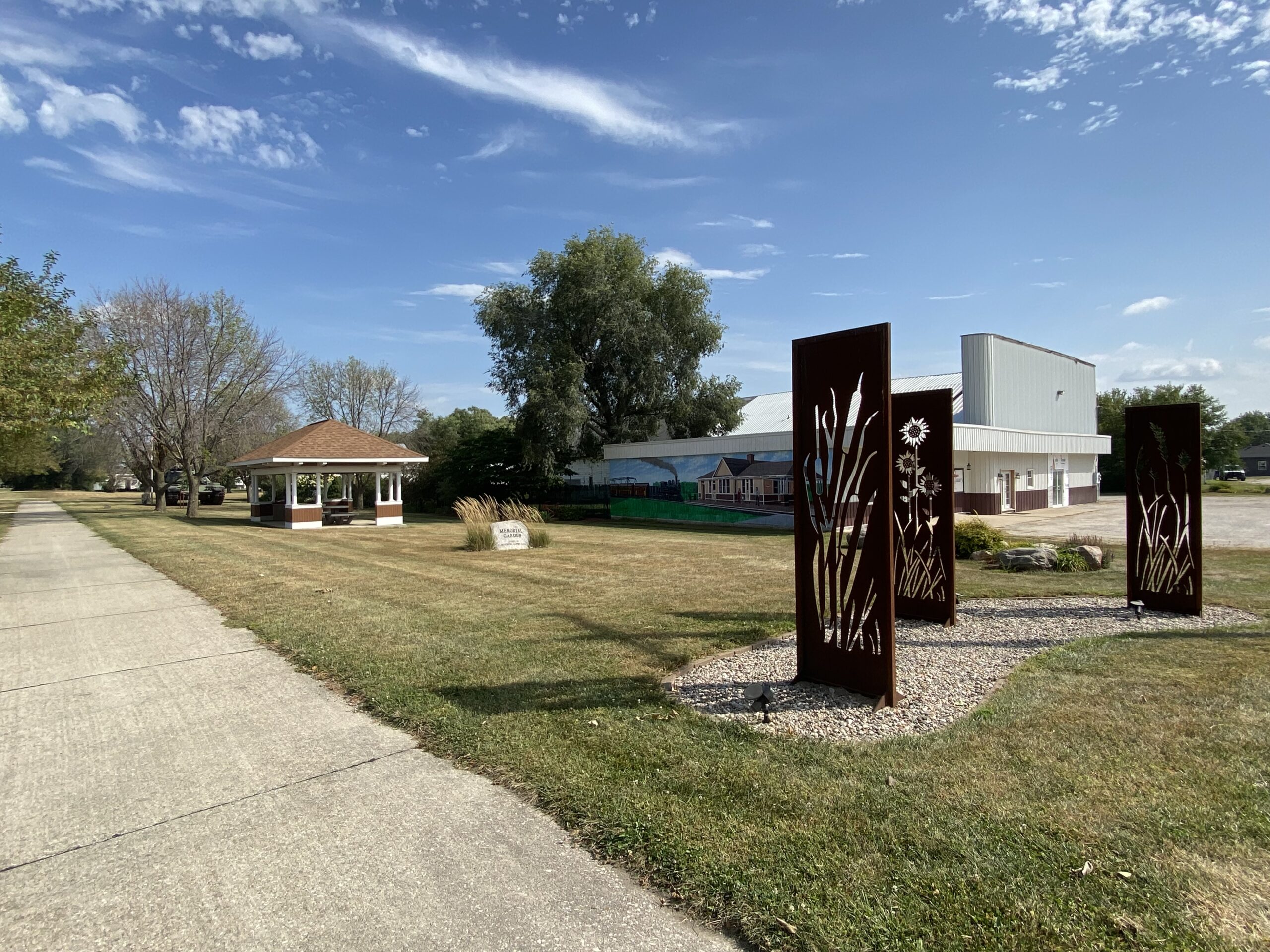
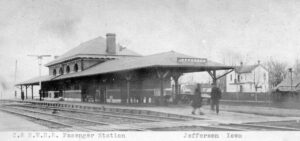
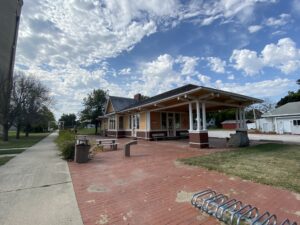
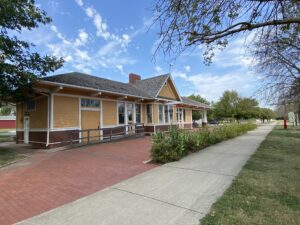 The Lincoln Highway Cruises In
The Lincoln Highway Cruises In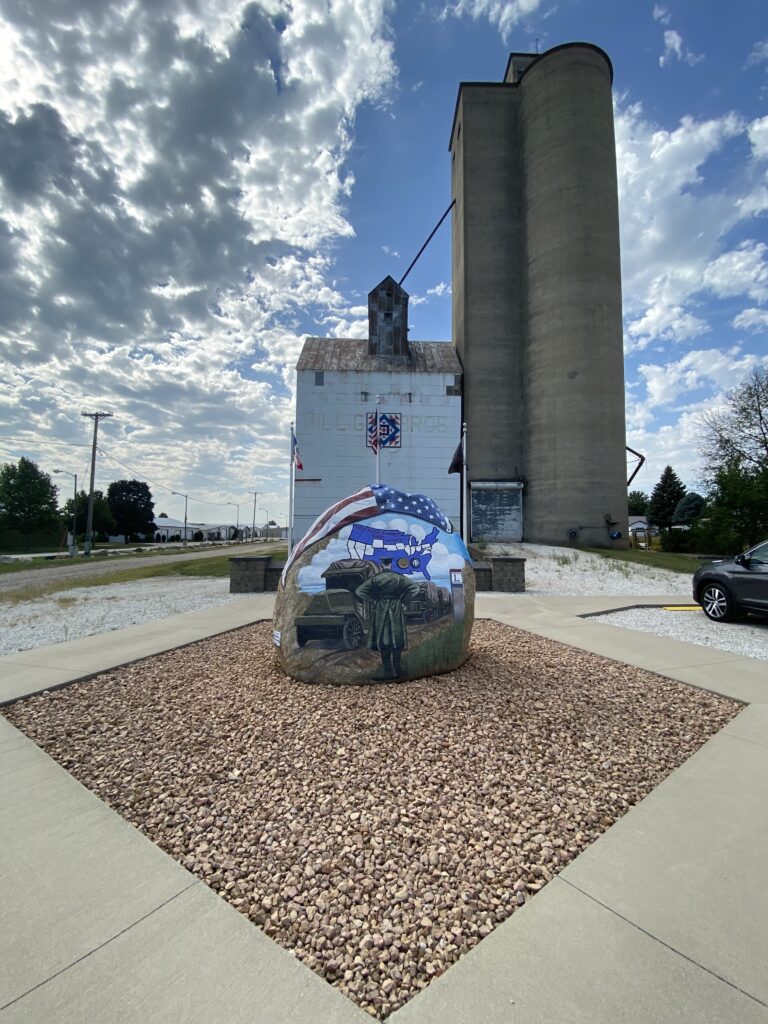
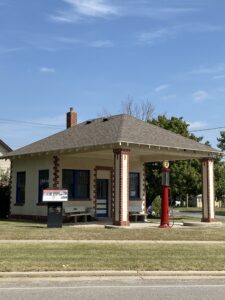
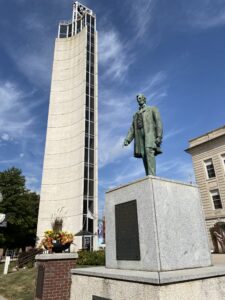 At the center of the town square is the Greene County Courthouse, the Abraham Lincoln Statue, a 1928 Lincoln Highway Marker, and the
At the center of the town square is the Greene County Courthouse, the Abraham Lincoln Statue, a 1928 Lincoln Highway Marker, and the 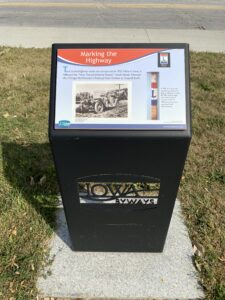
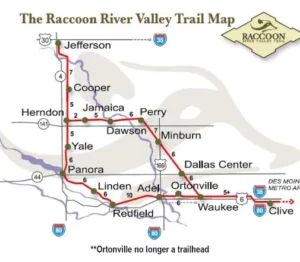 The Raccoon River Valley Trail is nationally recognized as an exceptional rails-to-trails conversion and was a 2021 inductee into the rail-trail Hall of Fame. It has the longest paved loop trail in the nation and connects 14 Iowa communities with a unique outdoor recreational experience. Visit their
The Raccoon River Valley Trail is nationally recognized as an exceptional rails-to-trails conversion and was a 2021 inductee into the rail-trail Hall of Fame. It has the longest paved loop trail in the nation and connects 14 Iowa communities with a unique outdoor recreational experience. Visit their 